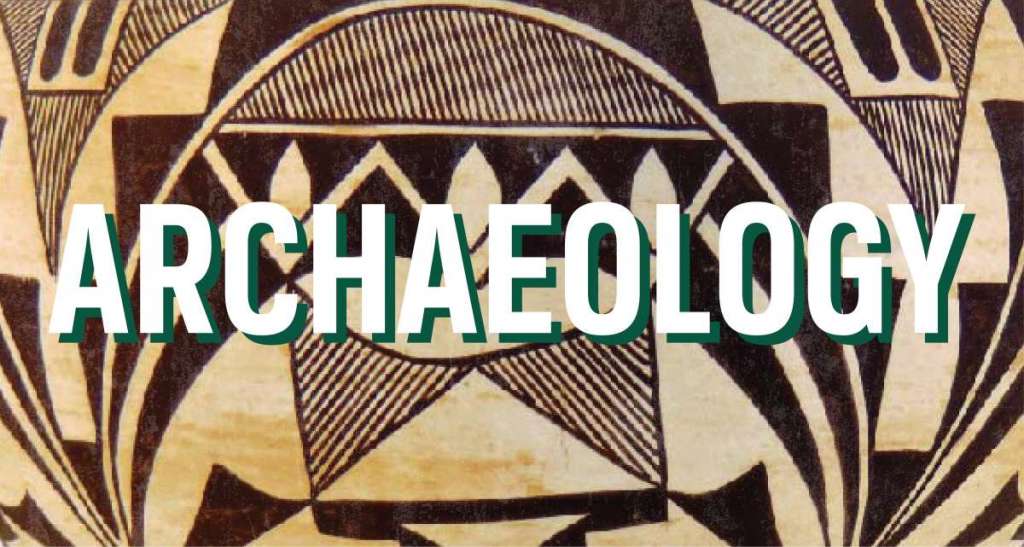H2O
A simple formula – two hydrogen atoms and one of oxygen – is the name for water. Something that is tasteless, odorless, virtually colorless and with no caloric or nutritional value, yet it is found in all living organisms. To paraphrase Jacques Yves Cousteau, “the water cycle and the life cycle are one.”
In a desert, water is literally the difference between life and death. Whether ice age water deposited deep underground in a “bank” of broken rock and pumped to the surface to make our morning coffee, a threatened “ribbon of green” dependent on treated effluent to maintain its wildlife-rich gallery of cottonwood and willow or the much-anticipated monsoon rains that bless the desert each summer, water is currency, water is political, water is indispensable, water is everything.
There is no shortage of water in the desert but exactly the right amount, a perfect ratio of water to rock, water to sand, insuring that wide free open, generous spacing among plants and animals, homes and towns and cities, which makes the arid West so different from any other part of the nation. There is no lack of water here unless you try to establish a city where no city should be.
– Edward Abbey
Day 1 – Getting Started
Arizona Water Story
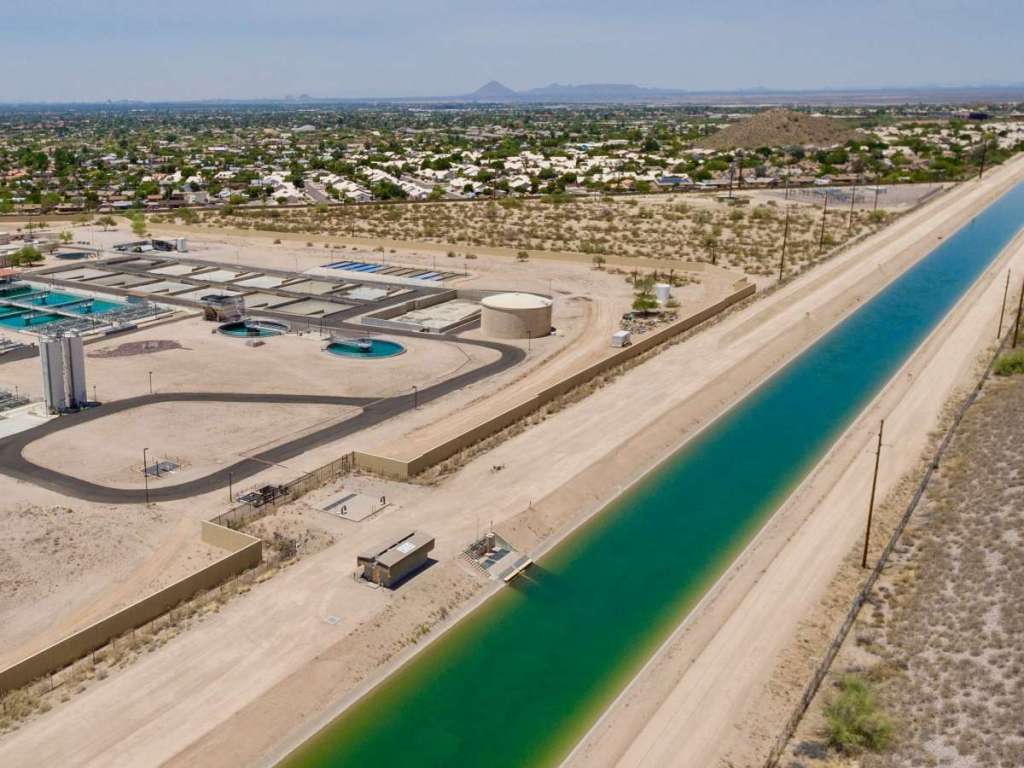
Project WET
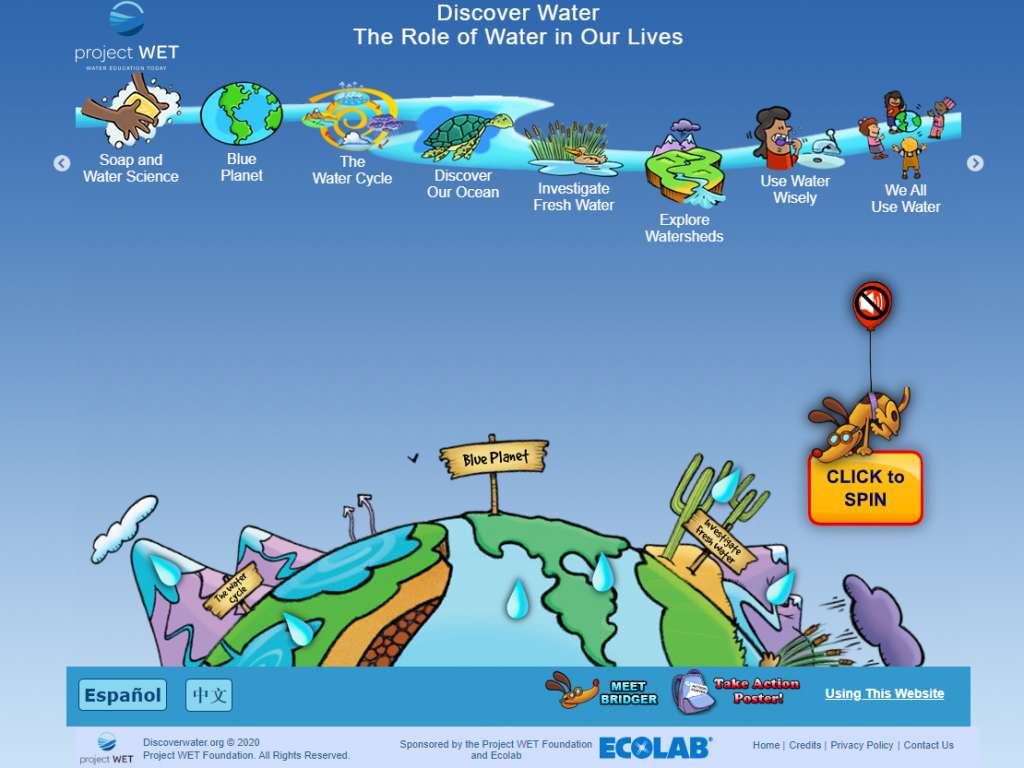
The Arizona Report
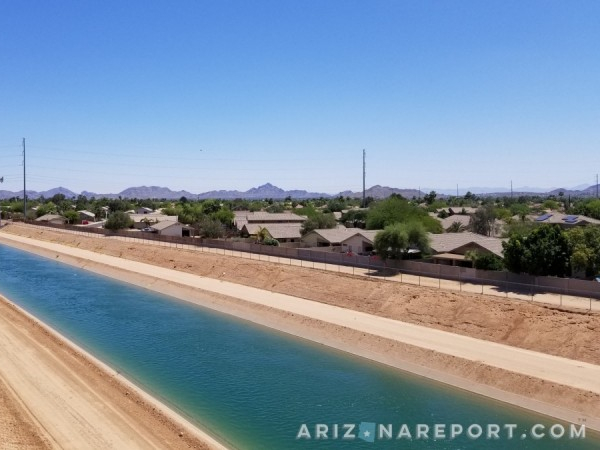
Central Arizona Project
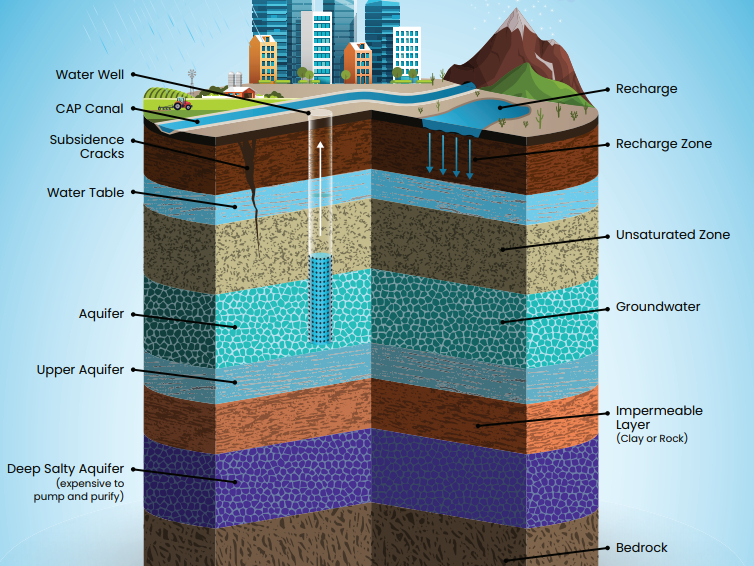
Groundwater in Arizona: Past, Present, and Future
Part One

Part Two
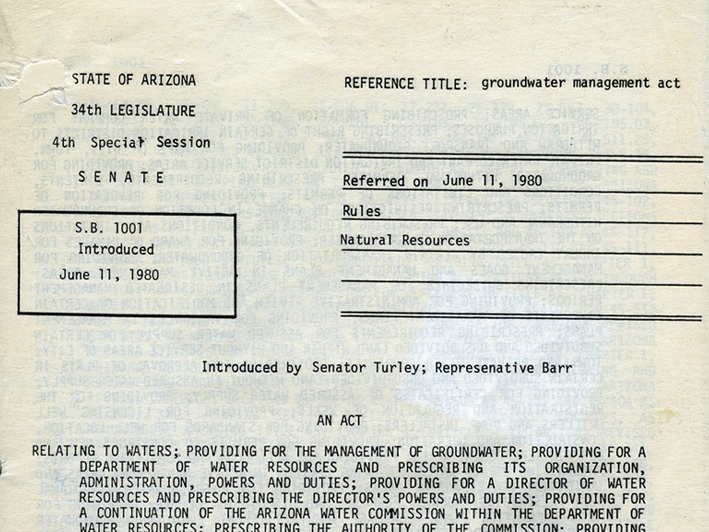
Part Three
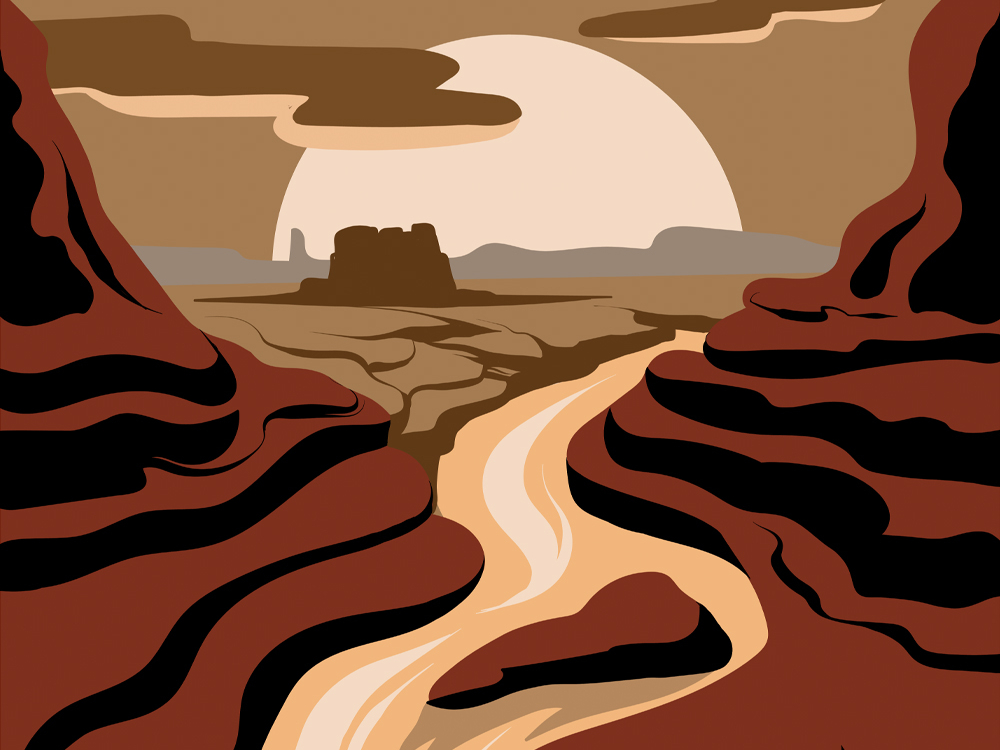
[expand title=”READ MORE ARICLES” rel=”fiction”]
Watching Our Water
Sweetwater Wetlands
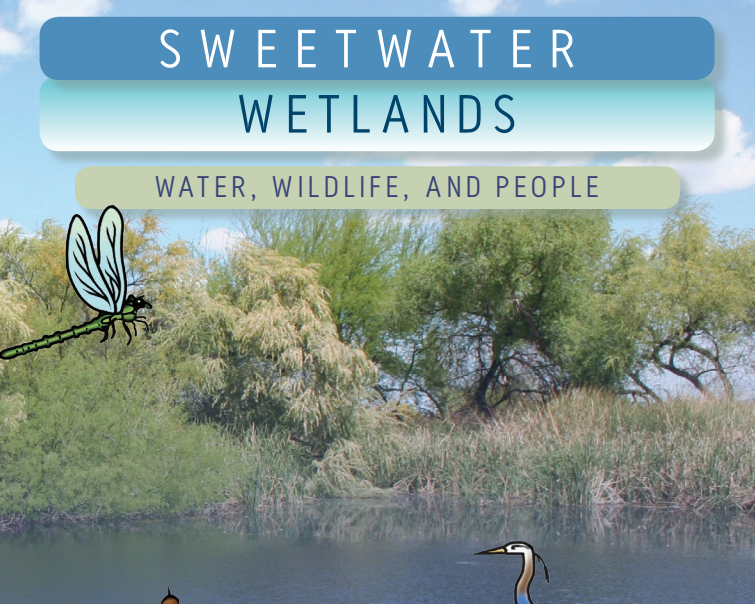
Sweetwater Wetlands – Kids
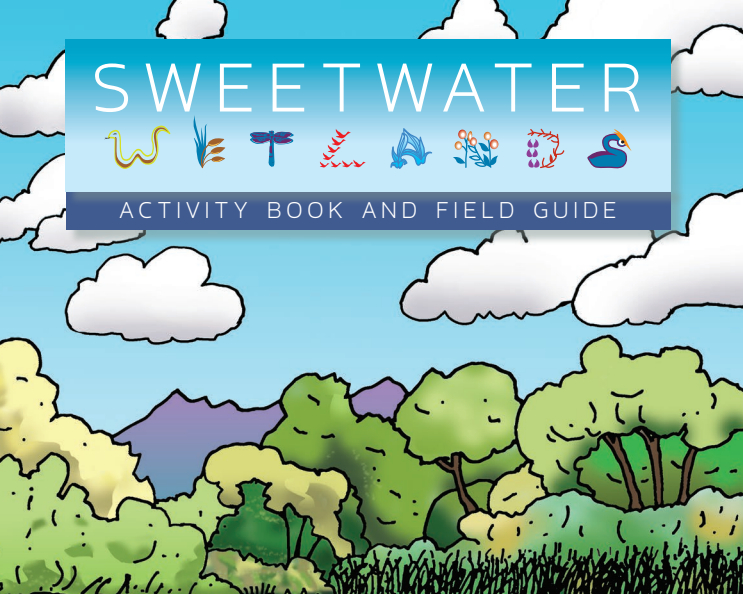
Arizona Heritage Waters
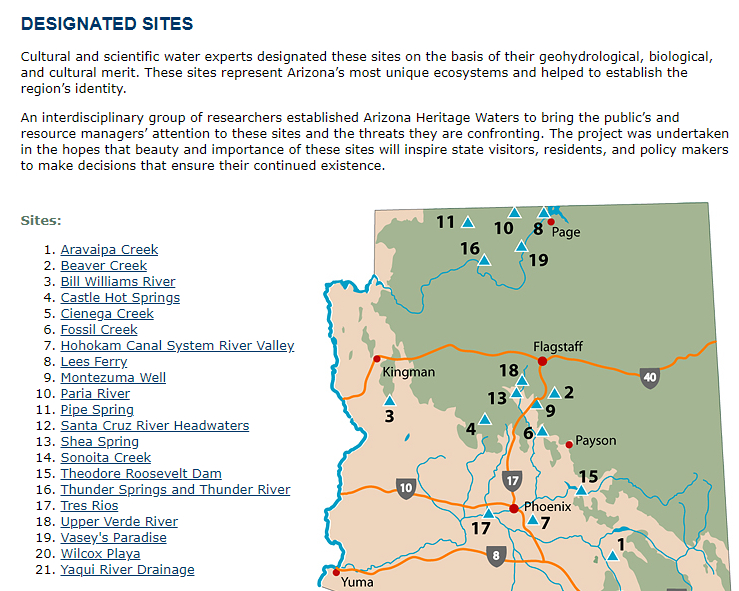
Sharing Colorado River Water
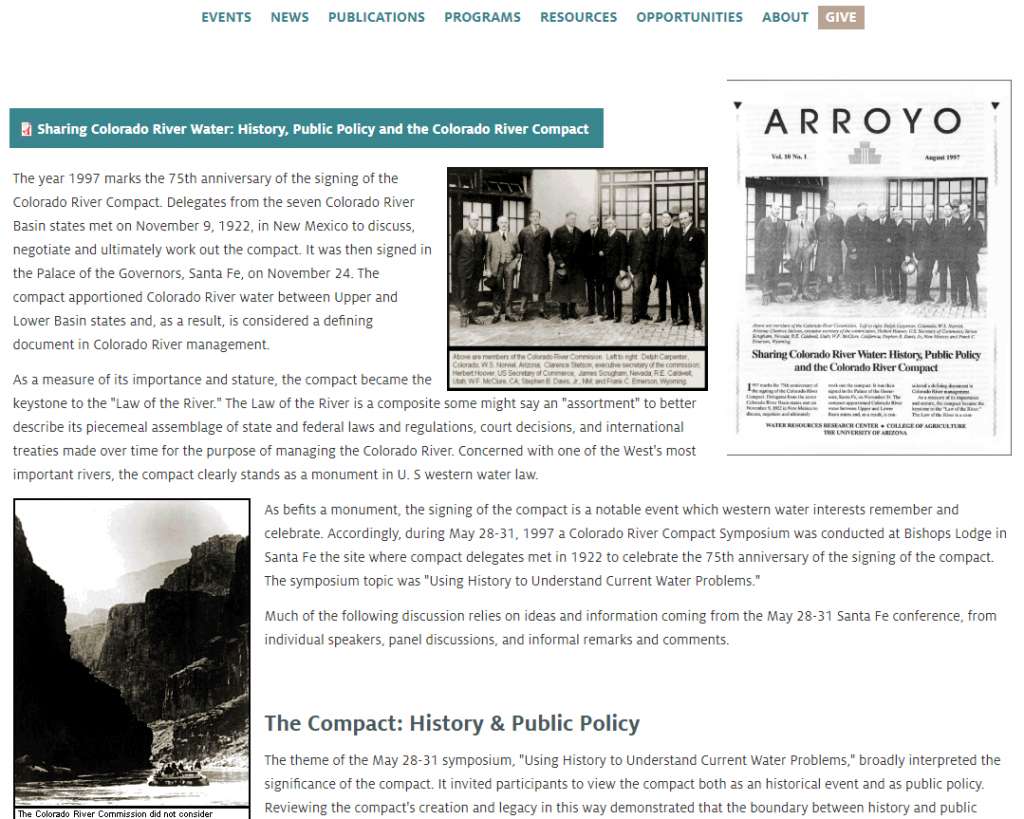
Nellie Bush – Admiral in the AZ Navy
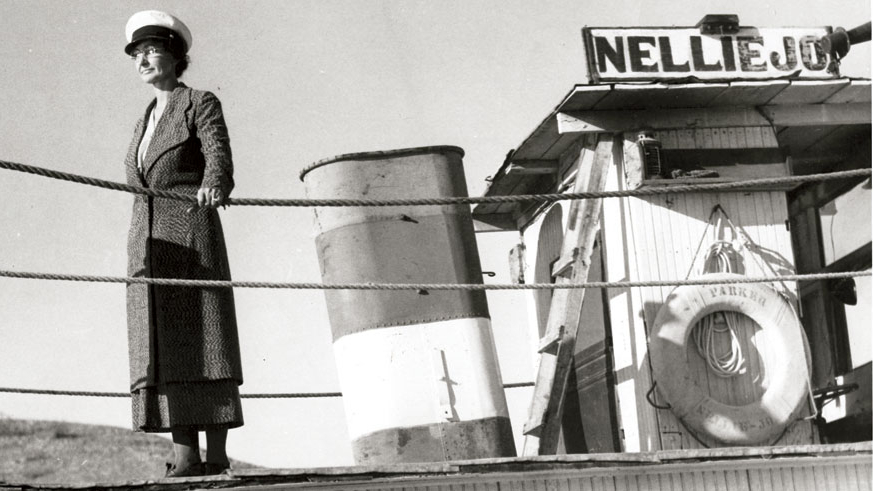
Colorado River – I Am Red
[/expand]
Activity Time
What is a Water Footprint?
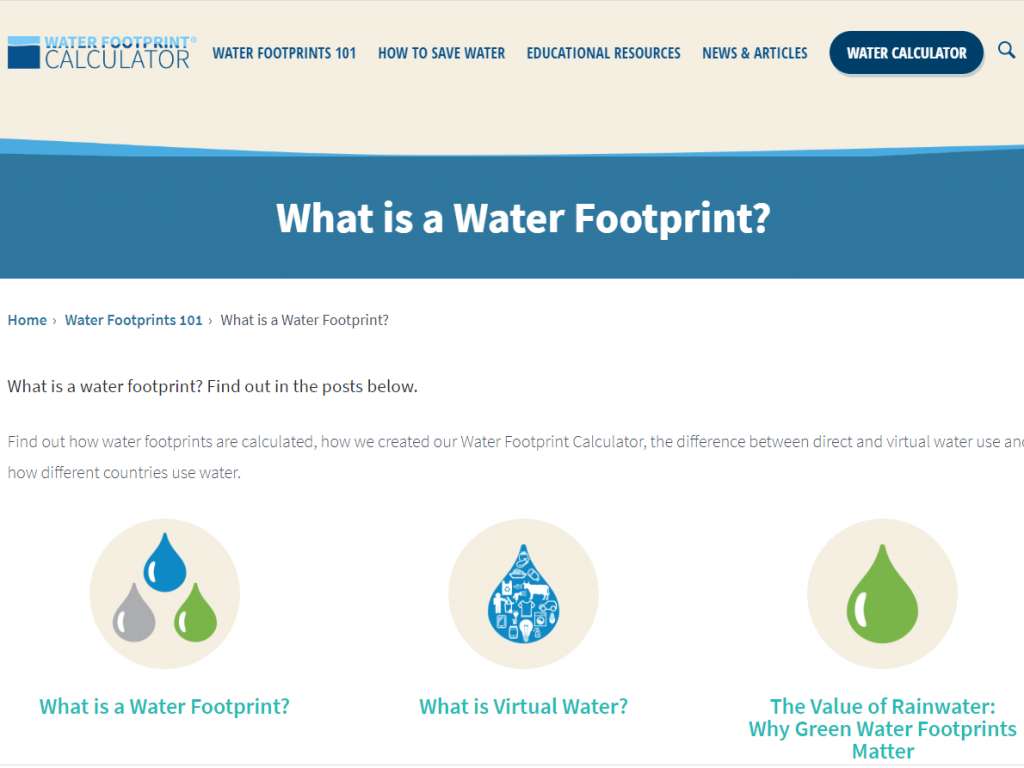
What is Your Water Footprint?
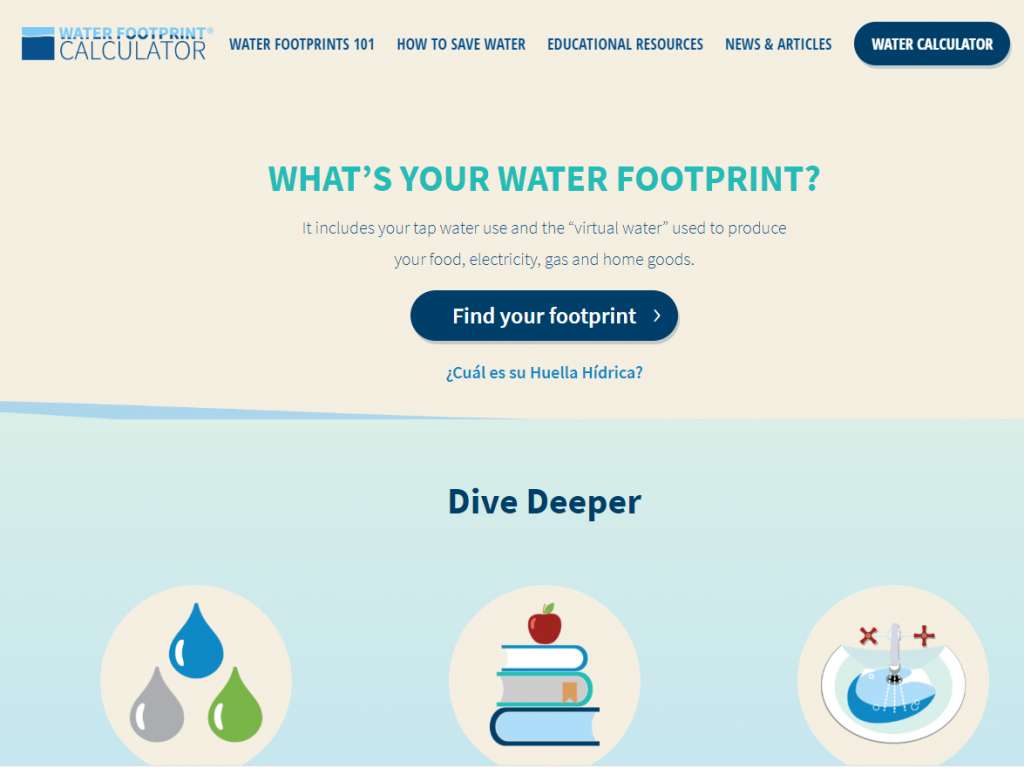
Educational Games

[expand title=”MORE ACTIVITIES” rel=”fiction”]
100+ Ways To Conserve
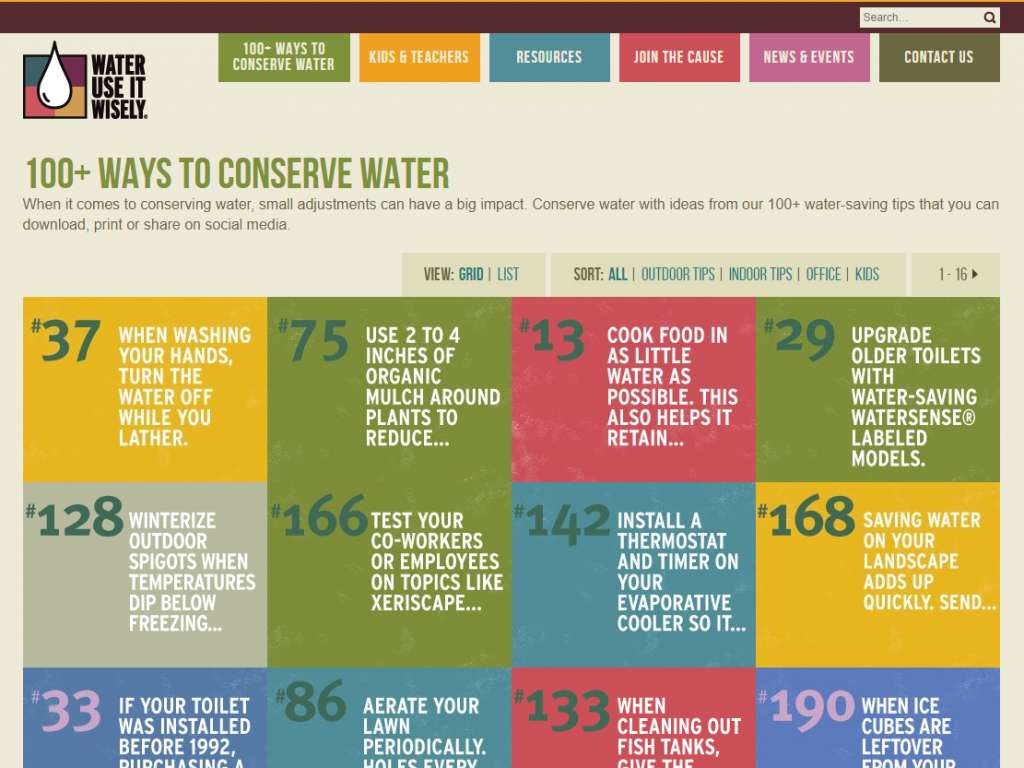
Plant Watering Guide
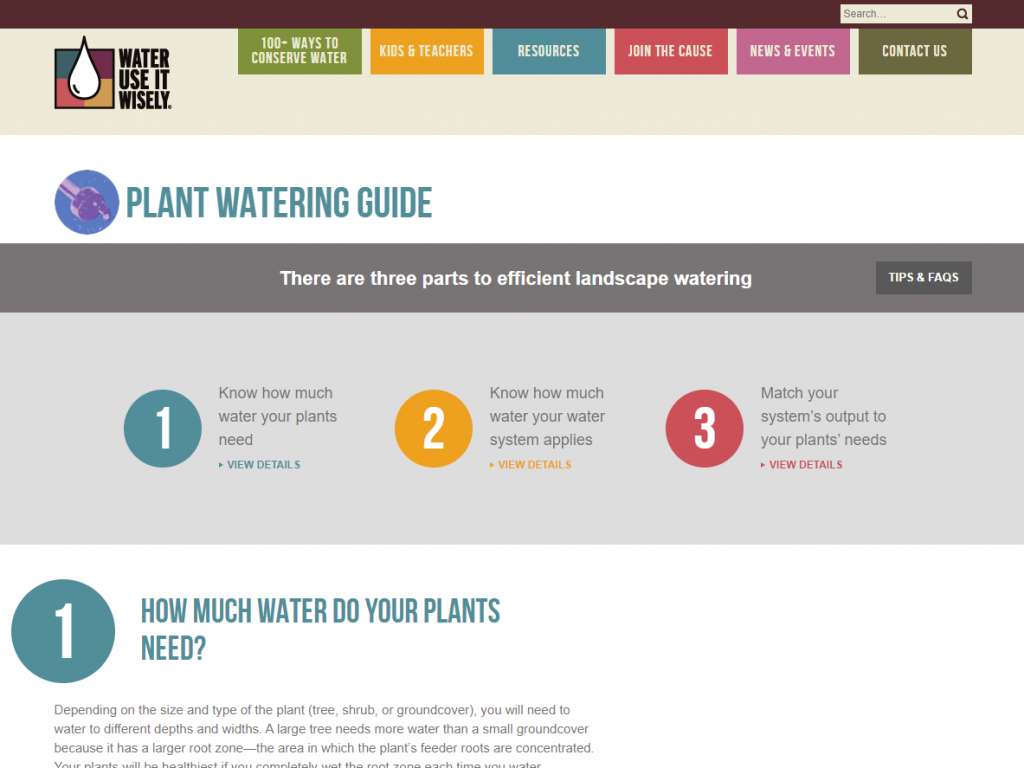
[/expand]
Day 2 – Let’s Talk Rivers
San Pedro River
One of Arizona’s Most Precious Rivers
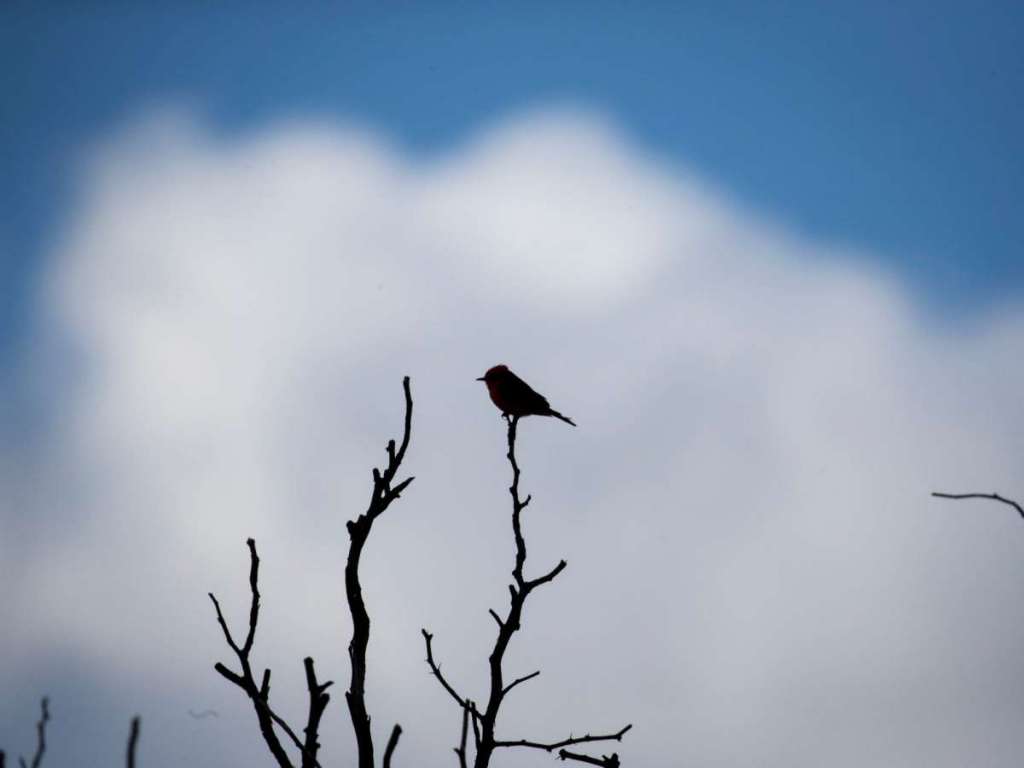
A Layman’s Guide to the Hydrology
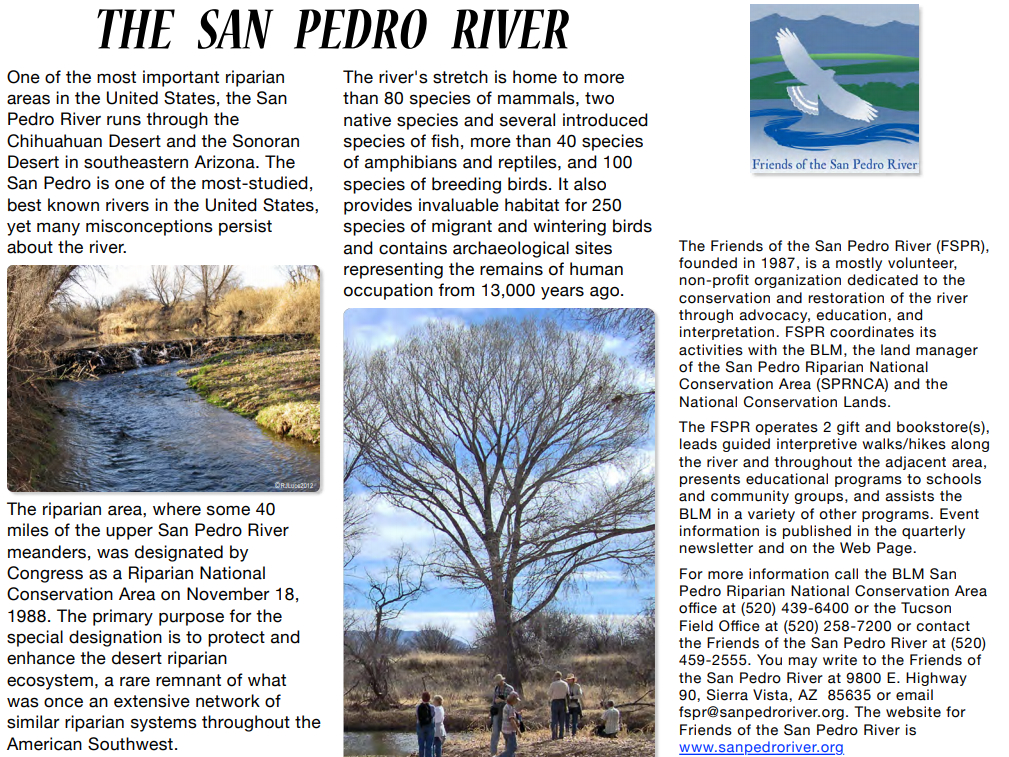
Common Myths and Misconceptions
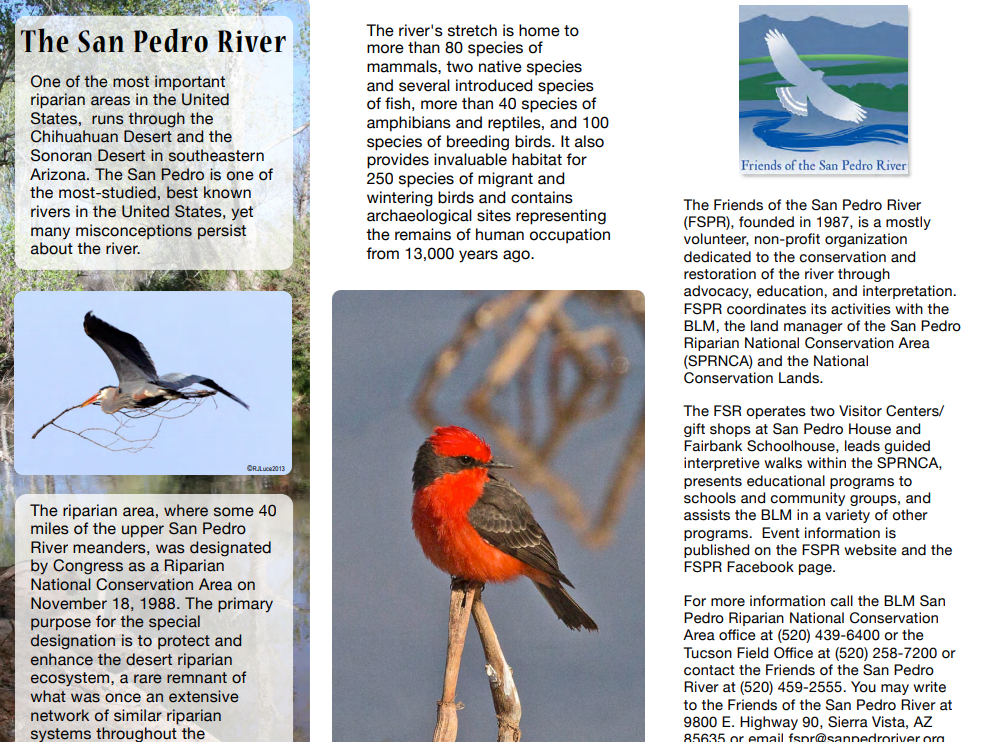
Santa Cruz River
The Vanishing Santa Cruz River
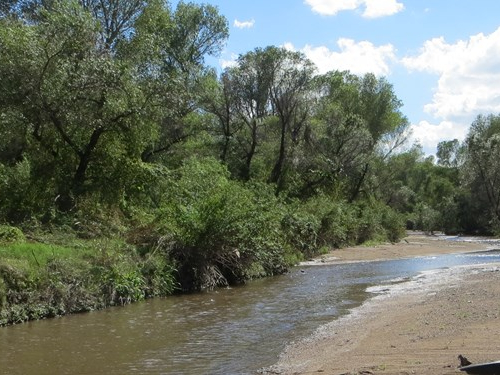
The Santa Cruz River Heritage Project
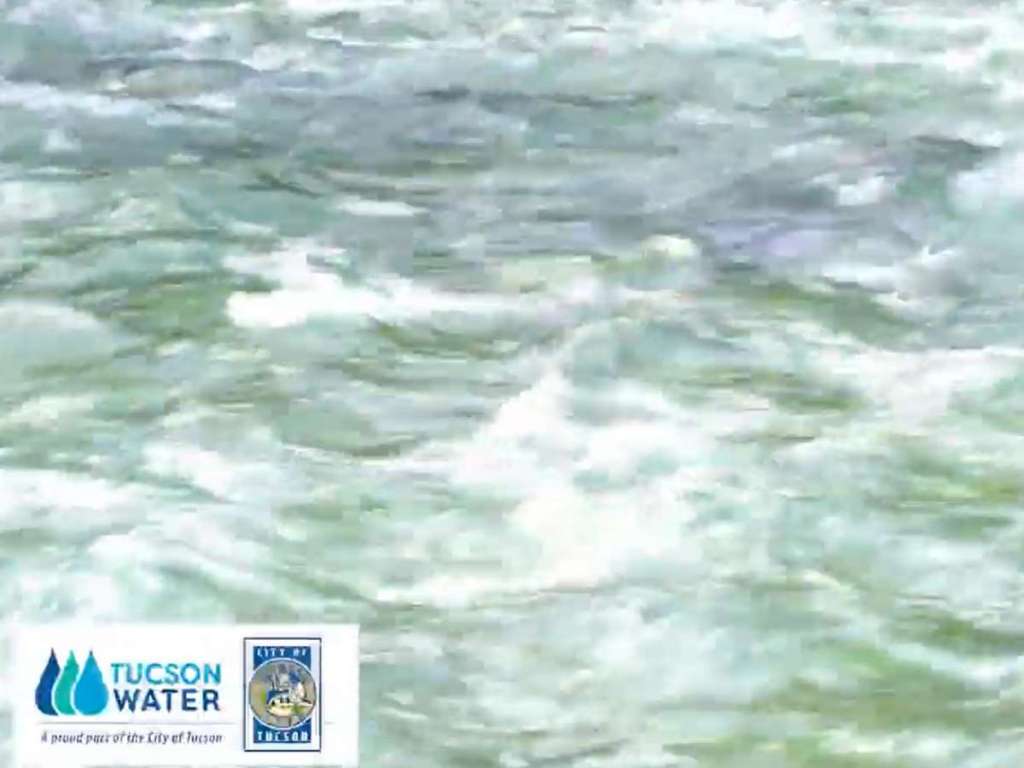
A River Needs Water
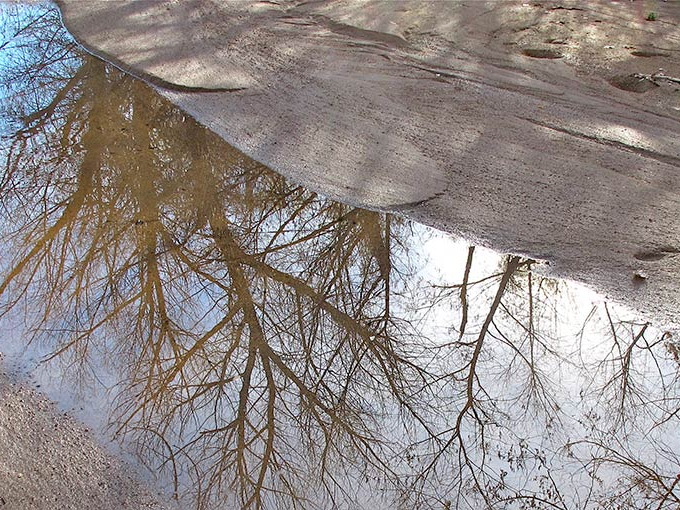
[expand title=”MORE VIDEOS” rel=”fiction”]
The Colorado River
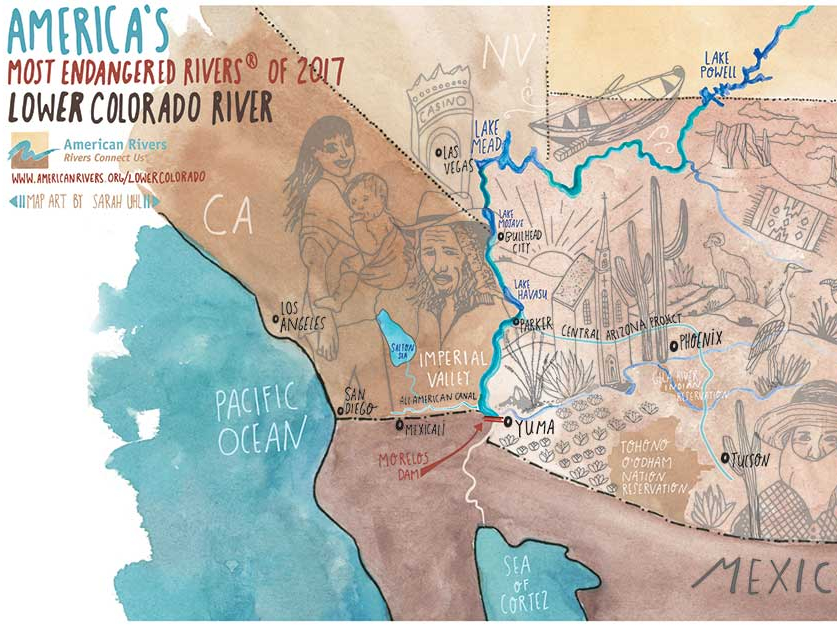
Safeguard Groundwater
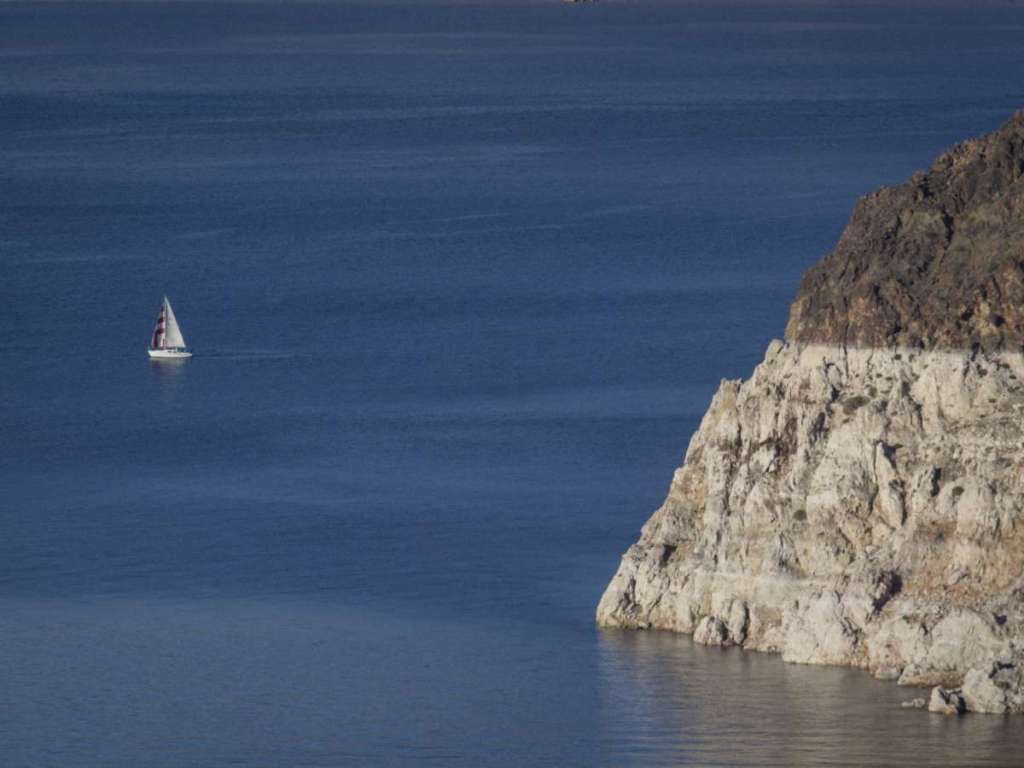
The Water Cycle
The Water Cycle | The Dr. Binocs Show
Long Range Water Resource Planning
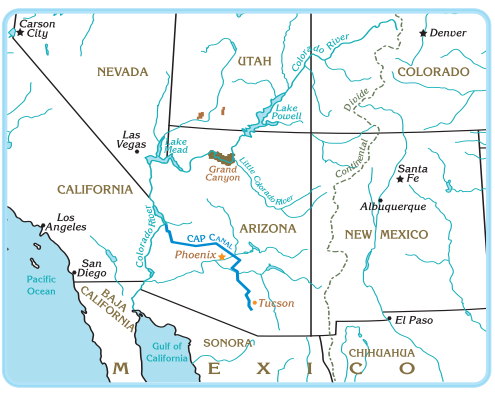
Our Water, Our Future
The Fuddlebrook Water Cycle
Colorado River Water & the Economy
Sonora Rising
Milk & Honey (Leche y Miel)
Arizona Water Story
Arizona Water Story – History
Arizona Water Story – The Future
[/expand]
Activity Time
Tip the Tank Game
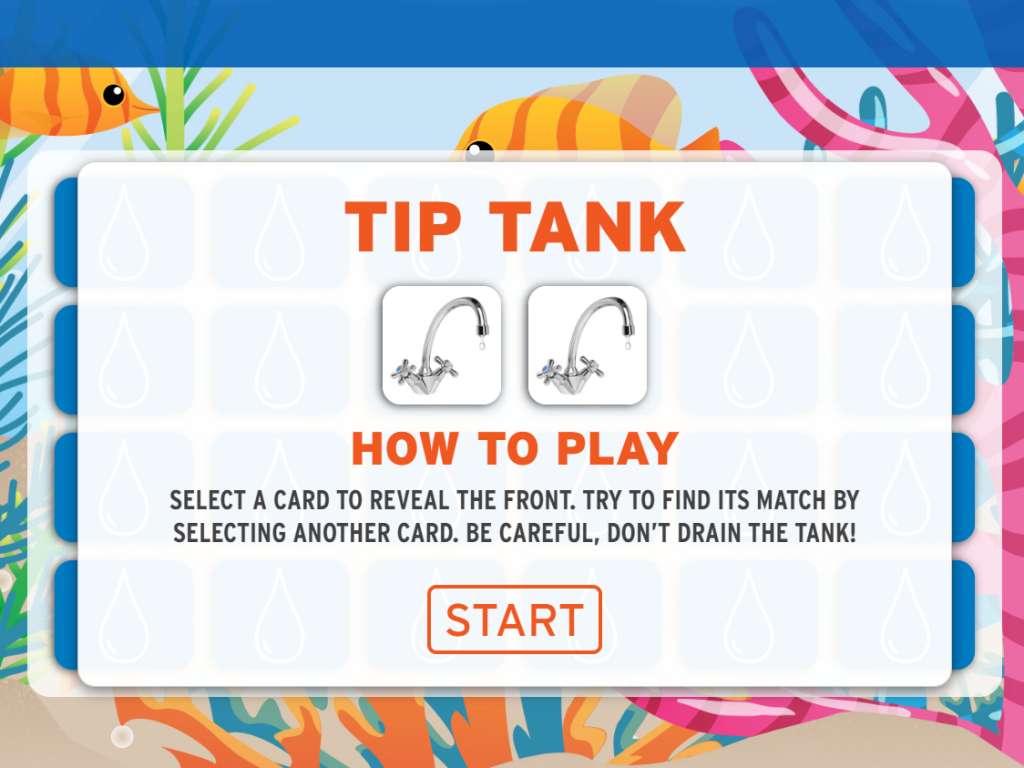
Adventure Book
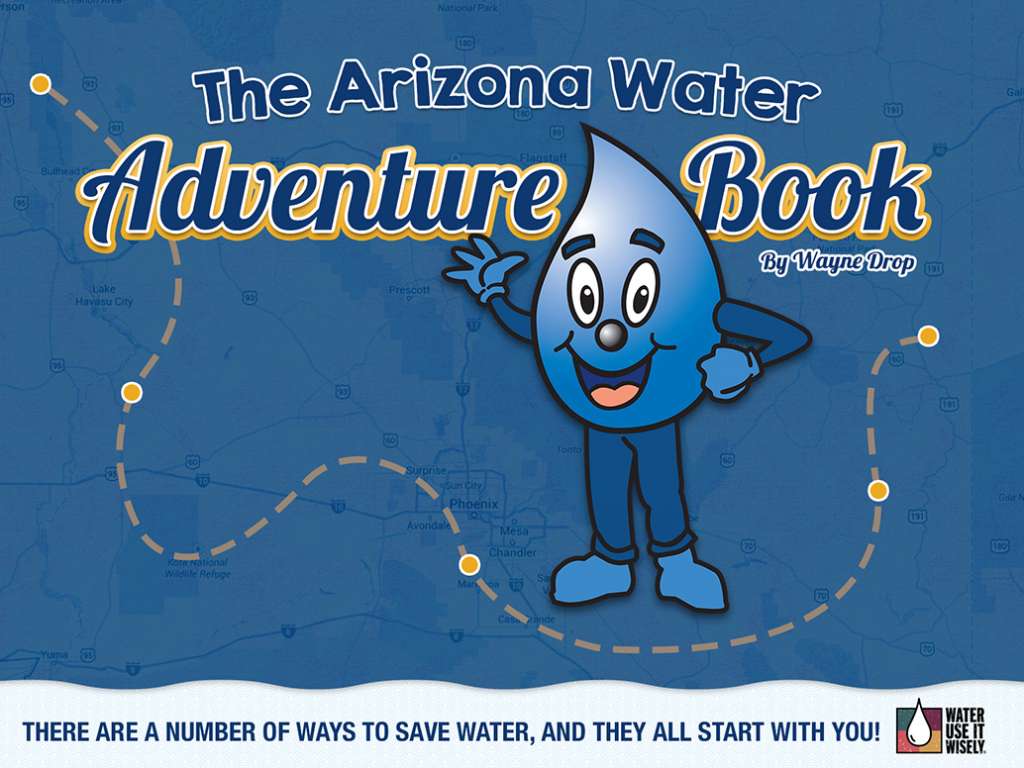
H20 Activity Book
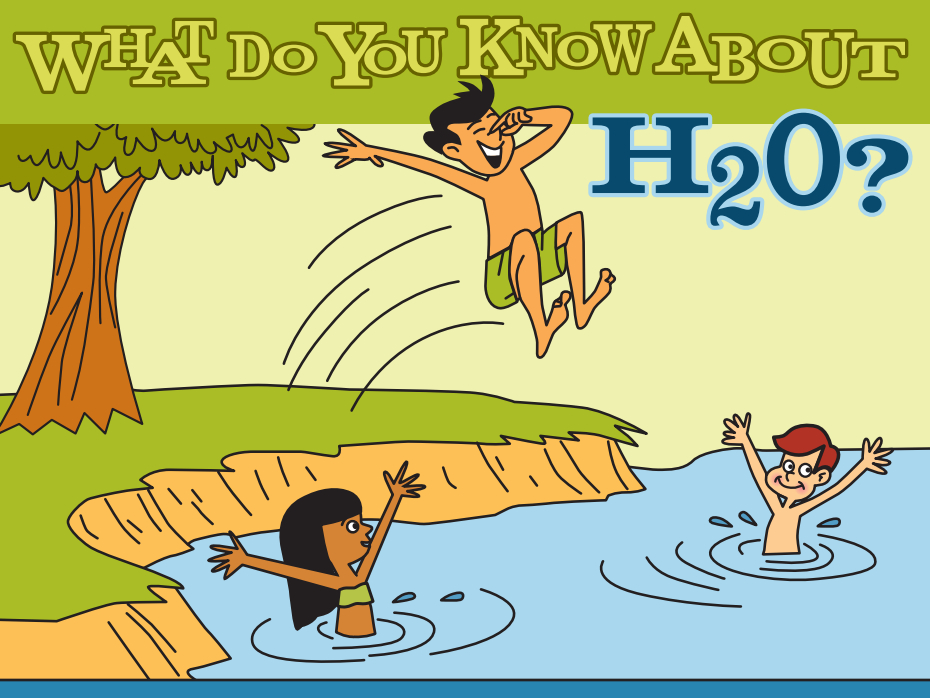
The Sun and the Water Cycle
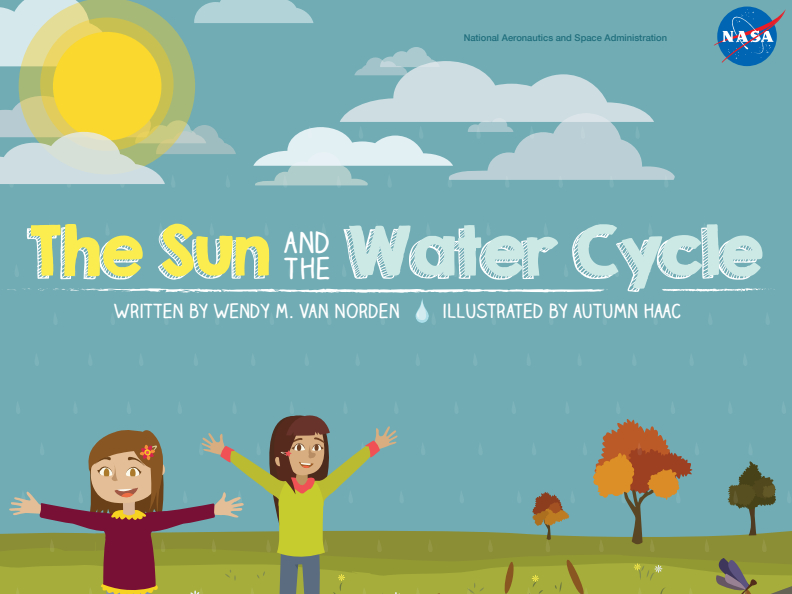
[expand title=”MORE ACTIVITIES” rel=”fiction”]
Water Smart Kids
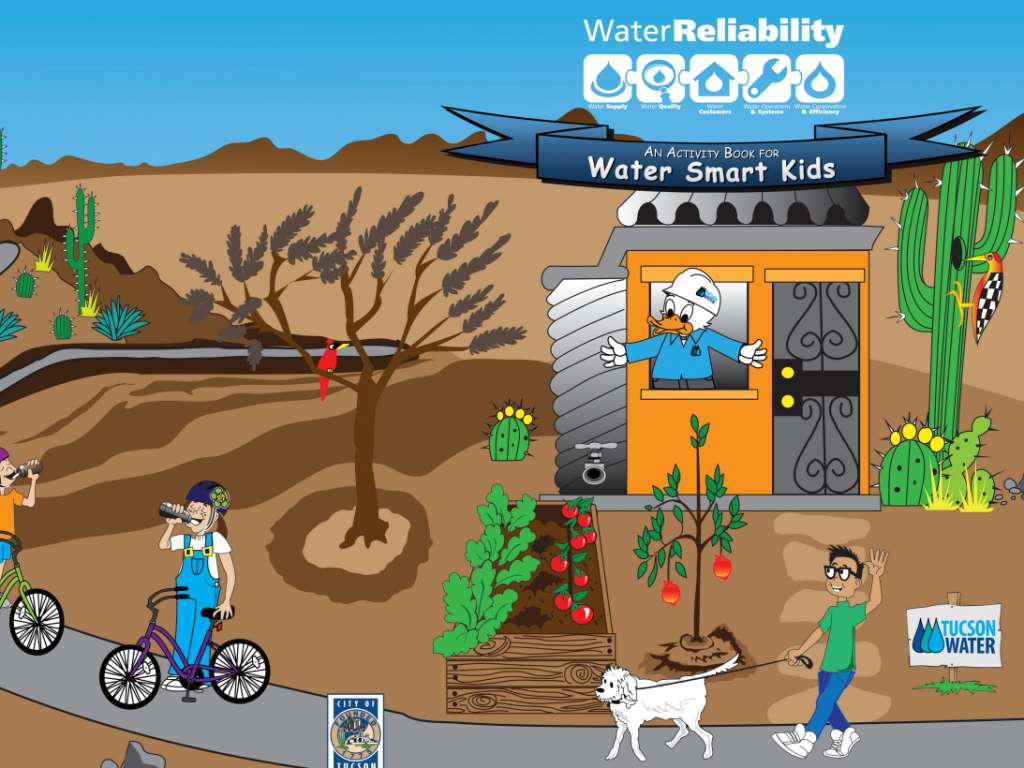
A River of Time

AZ Bodies of Water
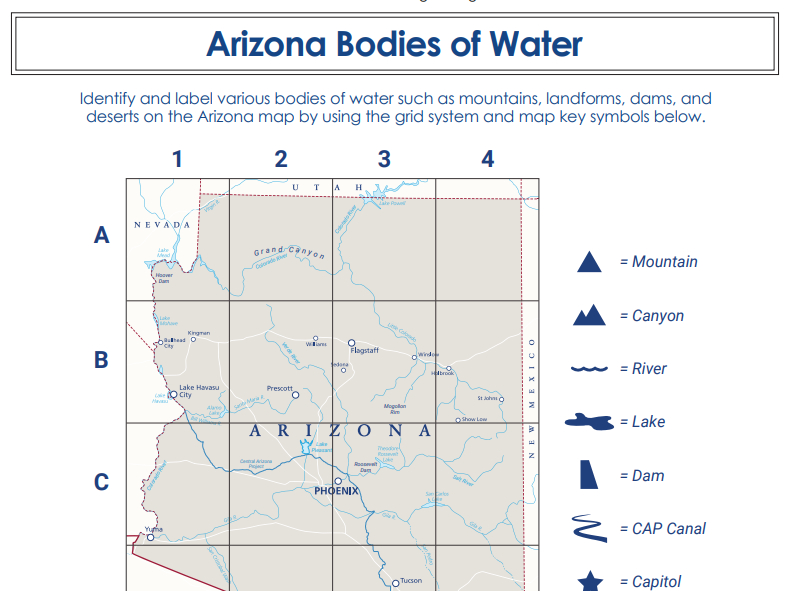
Be a Water Manager
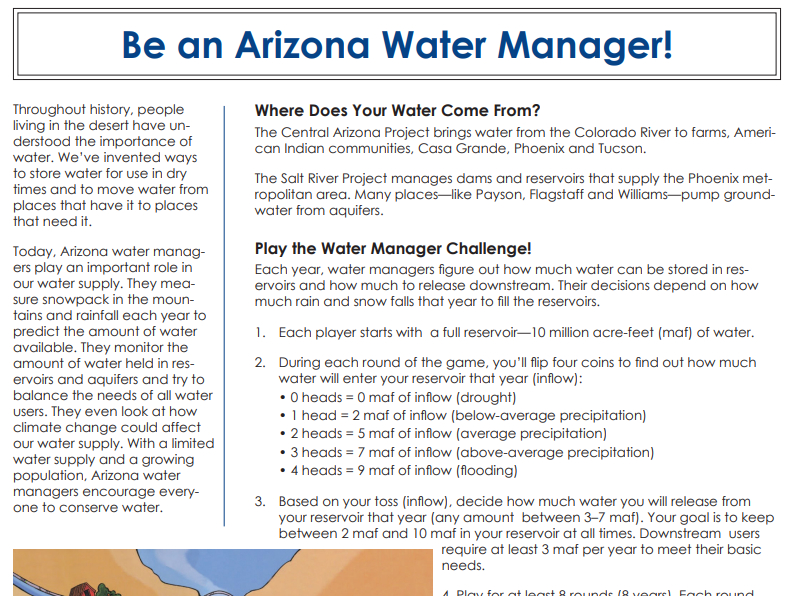
The Colorado River
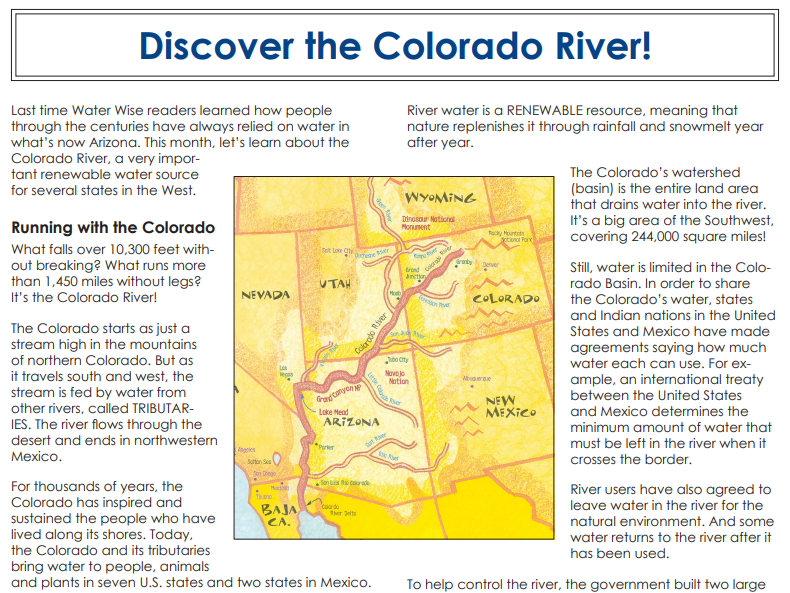
[/expand]
Day 3 – Artistic Expression
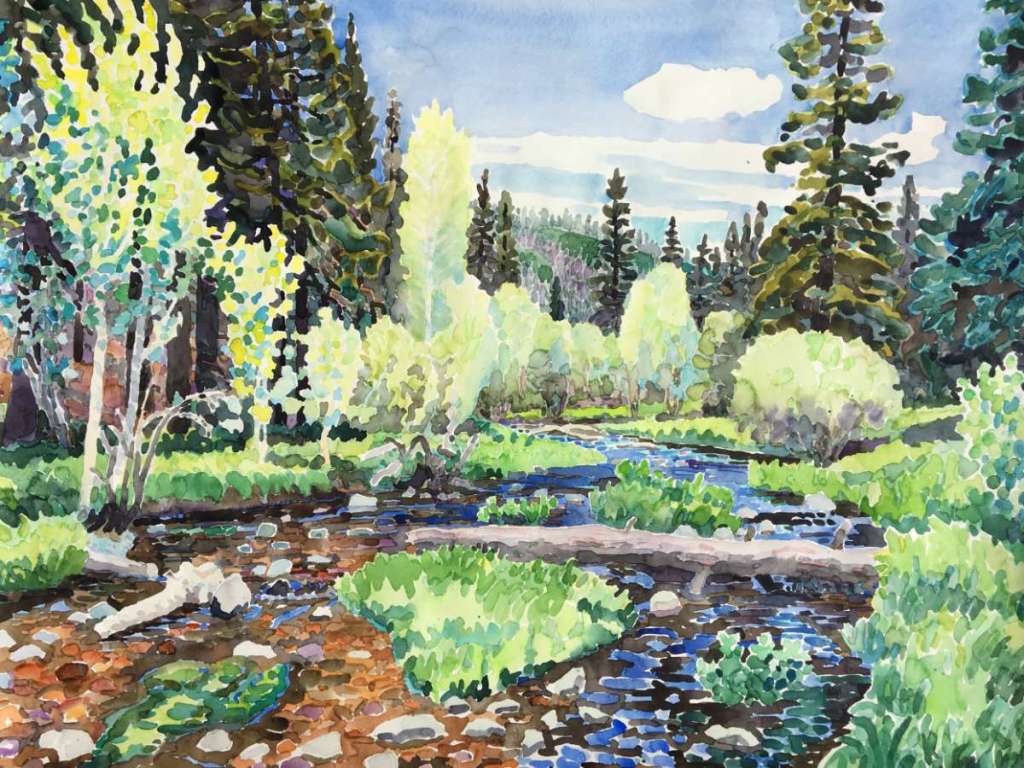
Download this week’s coloring sheets featuring Water in the Desert
Check out the water conservation coloring page below too!
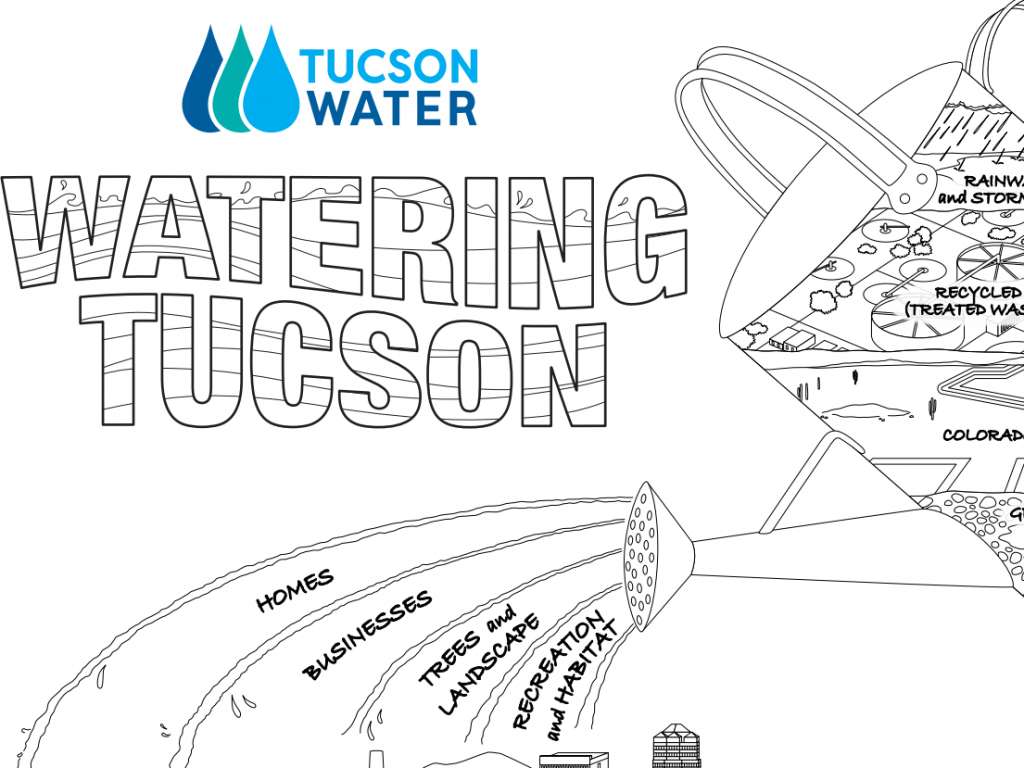
Get To Know The Artist
Rick DeMont
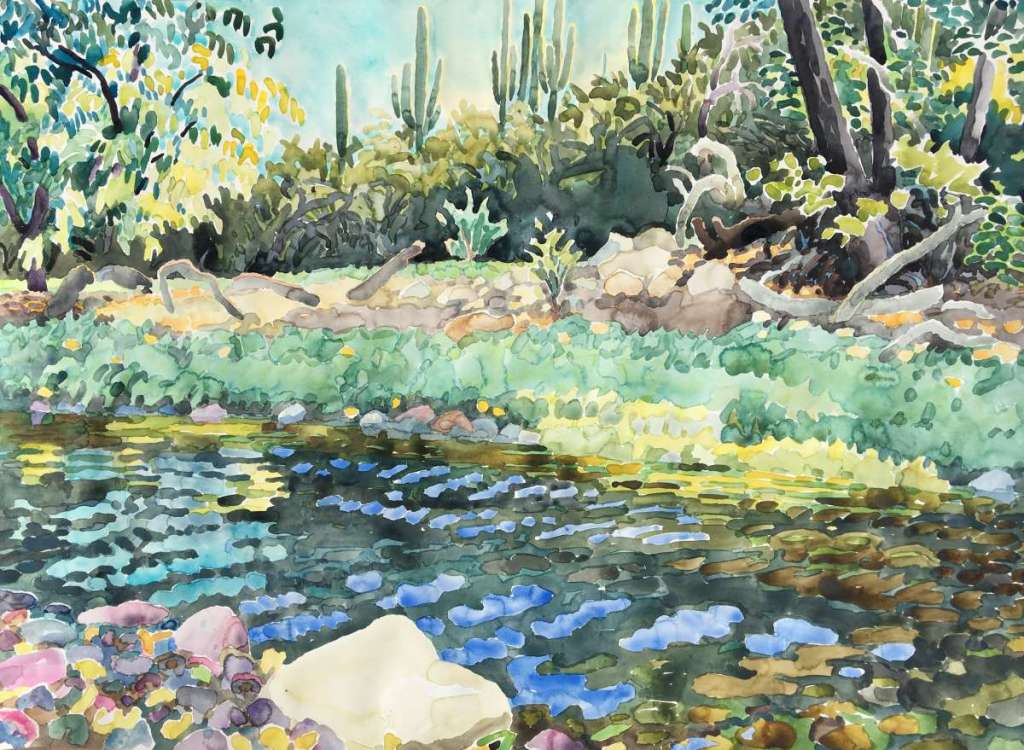
Riparian Saguaros
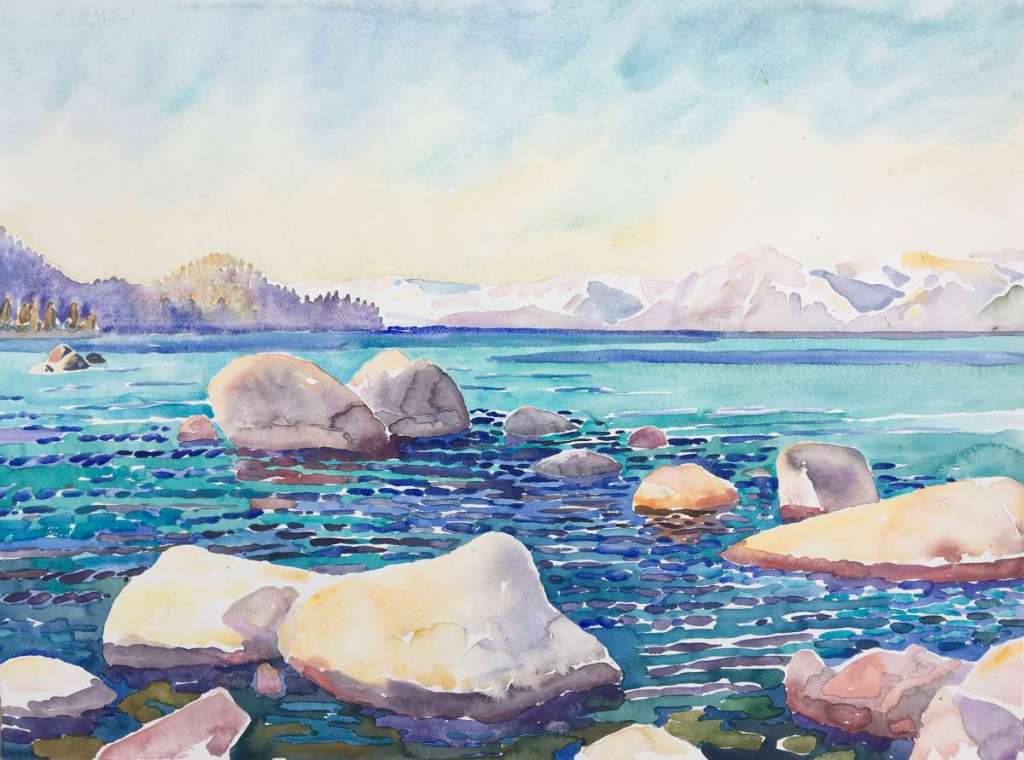
Hidden Beach
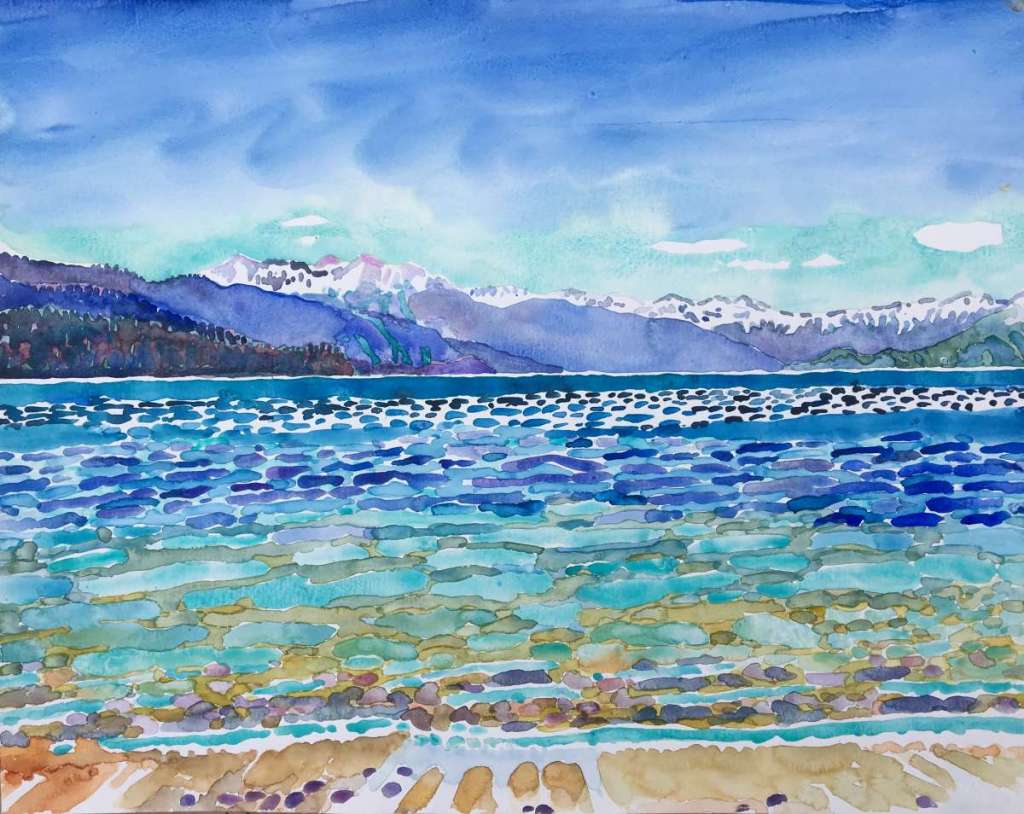
Blue Breeze
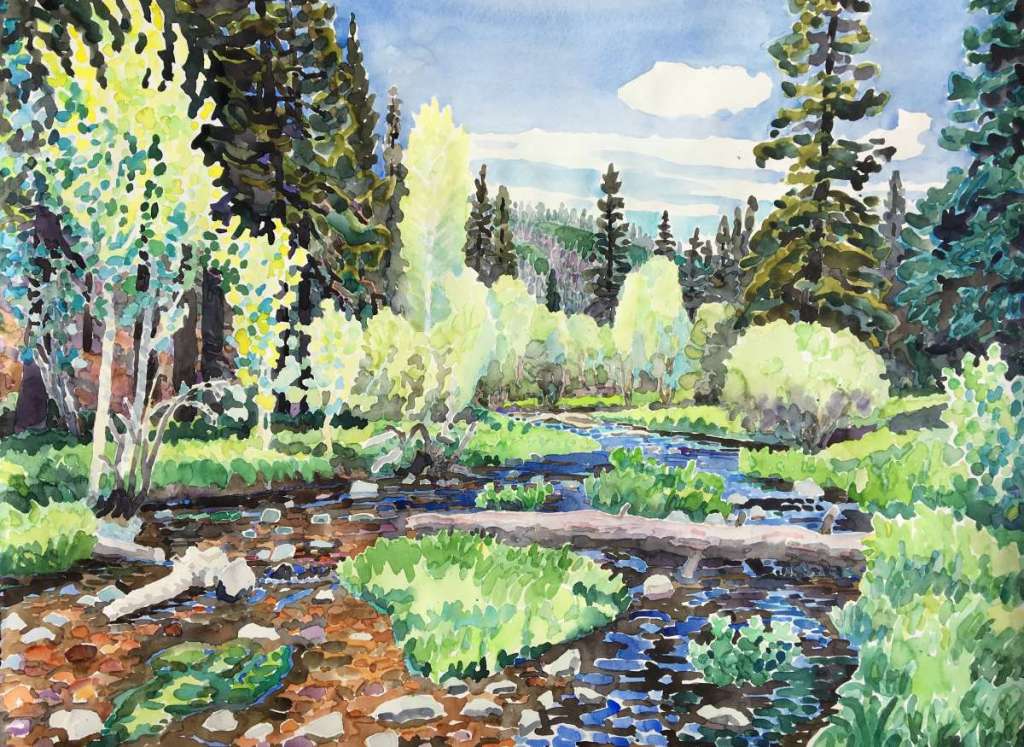
Aspen Summer
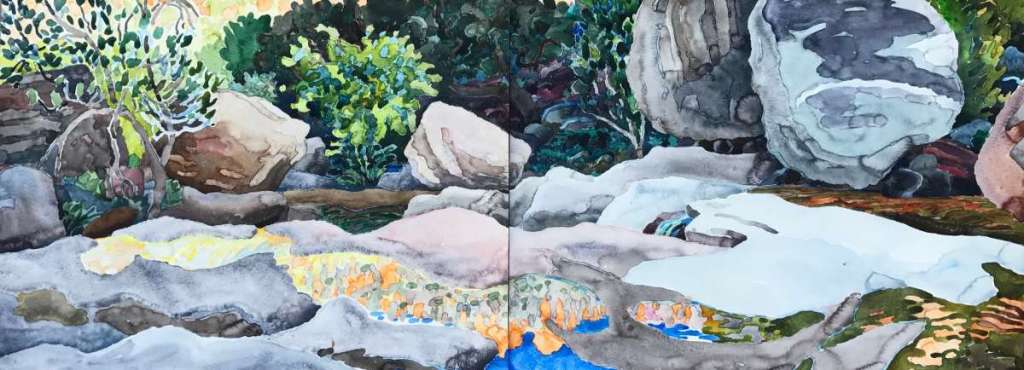
Waiting for the Sun
“When I paint, I am creating a visual translation of my experience. Using color, I am trying to capture nature’s dance… with all of its rhythm, tempo and intervals. The experience of light, space, movement and sound are also gathered on to the surface. The primal landscape is the main focus.
My paintings are an invitation to the viewer to have their own experience of the illusion. I want the process of my painting to be visible. My application is direct and spontaneous… allowing the paint and colors to communicate. Each painting is a meditation and a celebration.”
Read More
Rick DeMont was born in San Francisco in 1956. He was exposed to the art world at an early age by his painter/photographer Grandmother. Mr. DeMont, a former Olympic and World Champion swimmer, attended the University of Arizona on a swimming scholarship where he received a B.F.A in 1979. He has been living in the Sonoran Desert ever since. Rick DeMont’s paintings have been exhibited in solo and group exhibitions in galleries and museums throughout the United States. In addition, his works are in public, private and corporate collections. Mr. DeMont is an honorary member of the Southern Arizona Watercolor Guild.
Aside from his artistic endeavors, Rick DeMont was also a former standout swimmer at the University of Arizona. He collected numerous titles during his swim career, including National, Pan-American, World and Olympic champion. Following his senior year in high school, he was named World Swimmer of the Year. DeMont also pioneered negative split swimming (swimming a faster second half of a race than the first). In 1973, DeMont commandeered a world record in the 400m free and, in the process, became the first man in history to swim that race in less than four minutes with a time of 3:58.18. In the late 1980s, DeMont was inducted into the World Swimming Hall of Fame. During his tenure with the UA program, he has coached an amazing 22 U.S. Swimming and NCAA individual national champions, as well as numerous national champion relay squads. In September of 1999, DeMont was inducted into the University of Arizona Athletic Hall of Fame and in April 2008 he was inducted into the Bay Area Sports Hall of Fame.
To learn more about Rick and his work, visit www.rickdemontart.com
Day 4 – Artistic Interpretation
Monica Zavala Durazo
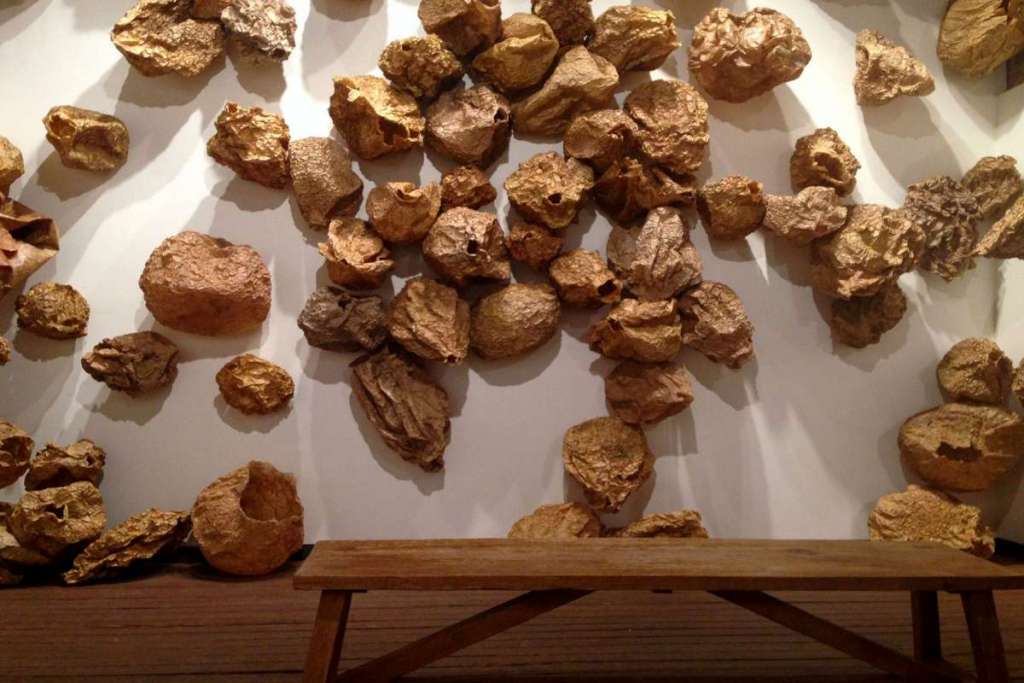
Migrants and Refugees
“The border, the wall, the fence, and immigration issues have been a part of my life since childhood. I was born and raised in Douglas,
More
Arizona on the border with Agua Prieta, Mexico. Agua Prieta is where my great-grandparents walked to from Sinaloa during Mexico’s 1916 Revolution, where I learned ballet folklorico, and where my family celebrated Día de la Independencia with as much pride as we did the Fourth of July. Douglas is where my mother and her Italian side of the family migrated to from the coal mines of West Virginia—the Sacco’s and Meneghini’s left Italy for the same reasons as the Mexicans…war, poverty, lack of opportunity, and dreams of a better life in America.
The installation, Migrants and Refugees, was motivated by the images and emotions that continue to haunt me from my years with Humane Borders (HB) from 2002 to 2004. My job was to drive a 10 ton water truck out into the Tucson Sector of the desert to help service and maintain established HB water stations. Following the natural and manmade corridors, I drove with other HB volunteers navigating myriad dirt roads made by Border Patrol, smugglers, and Park Service vehicles as well as migrants on foot and bicycle.
The collection of over 100 migrants and refugees are made of recycled sewing patterns and gel medium. Symbolic and metaphoric yet tangible memories of sunburned, blistered, dehydrated, frightened men, women, and children we encountered trying to navigate unknown territory. Equally, they express and represent the shocking and devastating effects left on the land and my psyche; of which I doubt the desert nor my soul will ever fully recover.
Some pods have been dyed red: they represent one of the red dot markers on the ‘Map of Migrant Mortality’ provided by Humane Borders and the Pima County Office of the Medical Examiner. Since January of 1999, over 3,000 migrants have perished in the Arizona desert.
Having created, lived, and traveled with the migrants for several years, I have come to bond with them. They give me energy and radiate a sense of peace. I find them a comfort and touch stones to the past and corridors to my heart. I talk to them, listen, pray for them, and try to imagine what it must have been like for my Mama Lola, Papa Chuey, Mama Lena, Nino Melecio, and Nino Candelario those many years ago, when they came walking, pulling their wooden carrito…al norte…to freedom, safety, possibilities, and a fresh start in Agua Prieta and eventually Douglas.”
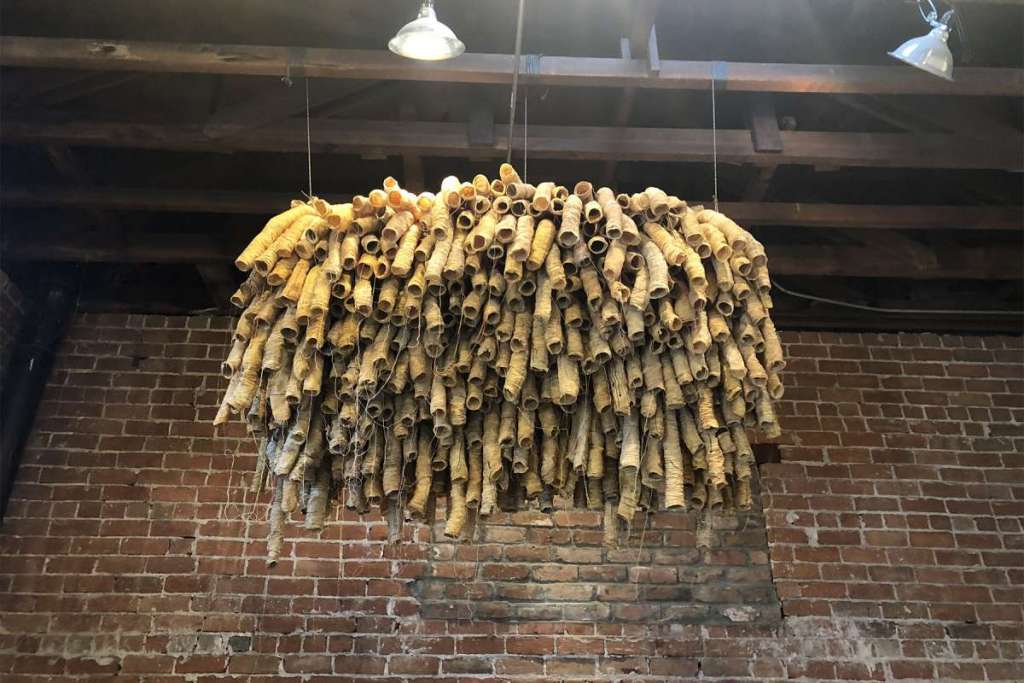
¡CHUBASCO!
¡CHUBASCO! is a memory of water. A memory that behaves like a chubasco, a sudden, off in-the-distance storm that comes
More
straight down. A black horizontal cloud filled with fast and furious electric rain. One ferocious bang of lightening and fifteen to thirty minutes later, it is done. Empty. Gone. Then, every living thing explodes into shades of green and frenzied activity. Animal, vegetable and mineral glisten, sparkle and water moves. The arroyos race to fill the Santa Cruz and Rillito Rivers. Brown muddy water capped in white foam on its way to meet the Gila. And there is me, little me, drifting in a creosote drenched memory of my Dad.
My Dad in another of my vintage 1960’s black and white memories: standing on the banks of the Santa Cruz River. He is carrying Cynthia on his shoulders. My brother Larry and my sister Dolores and I have raced ahead in our chanclas, giddy to be throwing rocks and sticks into the river. Dad offering a word of warning to not to get too close as whole tree branches float by in the swirl and bounce of the raging muddy water. A fierce monsoon storm has come through South Tucson and the river has filled itself and is lapping and threatening to overflow the bridges. My dad has brought us to see another one of his wonders and surprises. He tells us, his voice raised in excitement, “remember this day as the time the Santa Cruz flooded and ran bank-to-bank. You’re only gonna see this once in a life time”. My Dad is happy and he is waving to our neighbors, who like him, have brought their families to watch water. Just stand and watch water. One of those crazy things my Dad did with his children and later, his grandchildren. He took us and taught us to watch water.
Christopher Allison
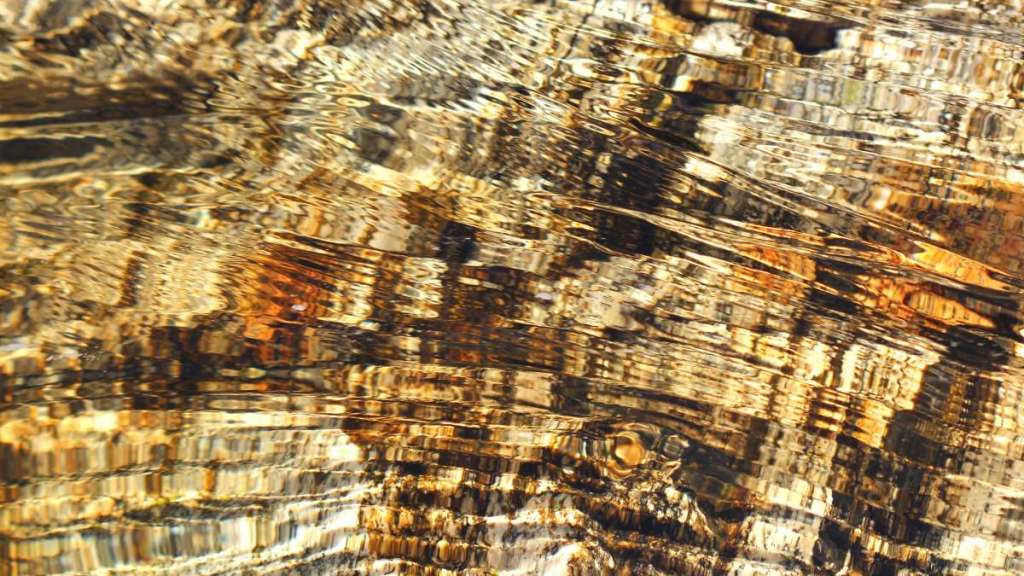
Rippled Monsoonal Flow
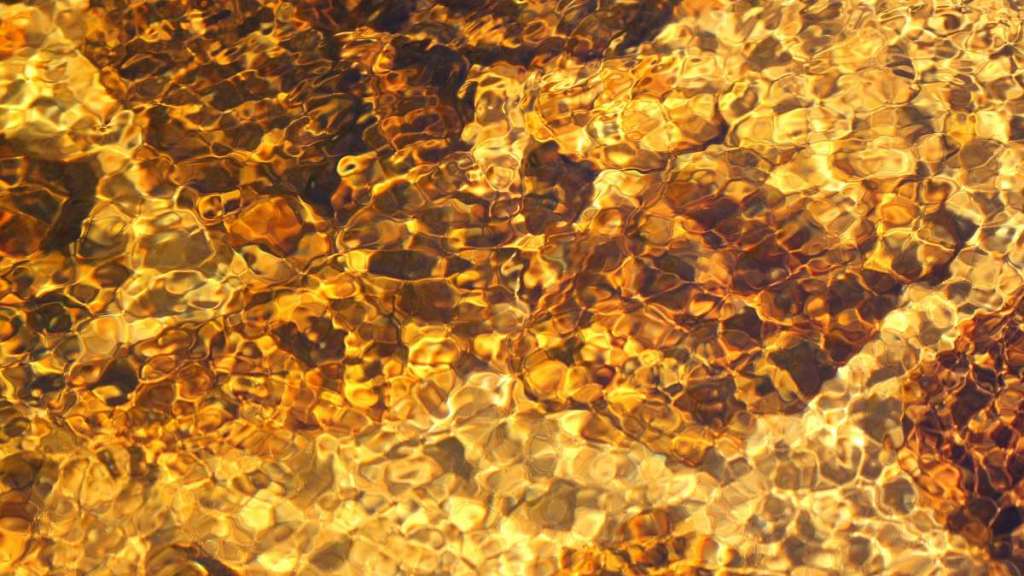
Mosaic Monsoonal Flow
“The streams, creeks and rivers of Arizona are narrow, but extreme corridors of life and geology. Carving deep and geologically revealing canyons through mountains over vast expanses of time, these fragile and fleeting environments nourish abundant life and will inspire those who visit.”
Jerry Cagle
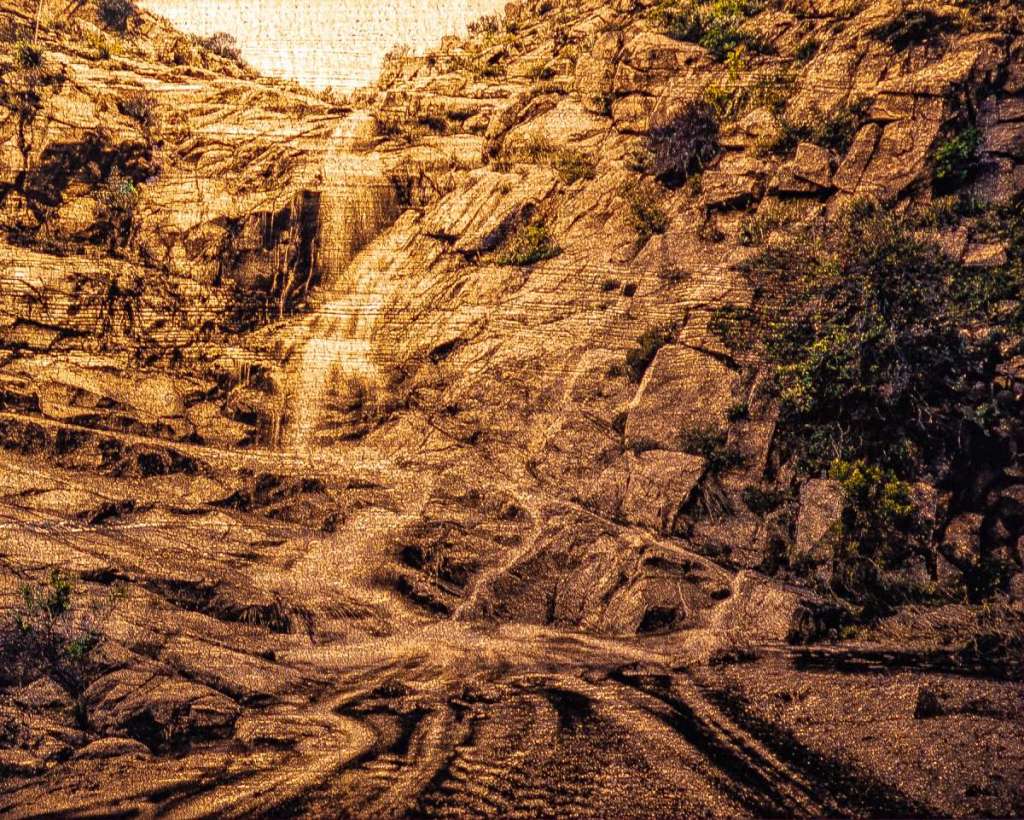
Secret Waterfall
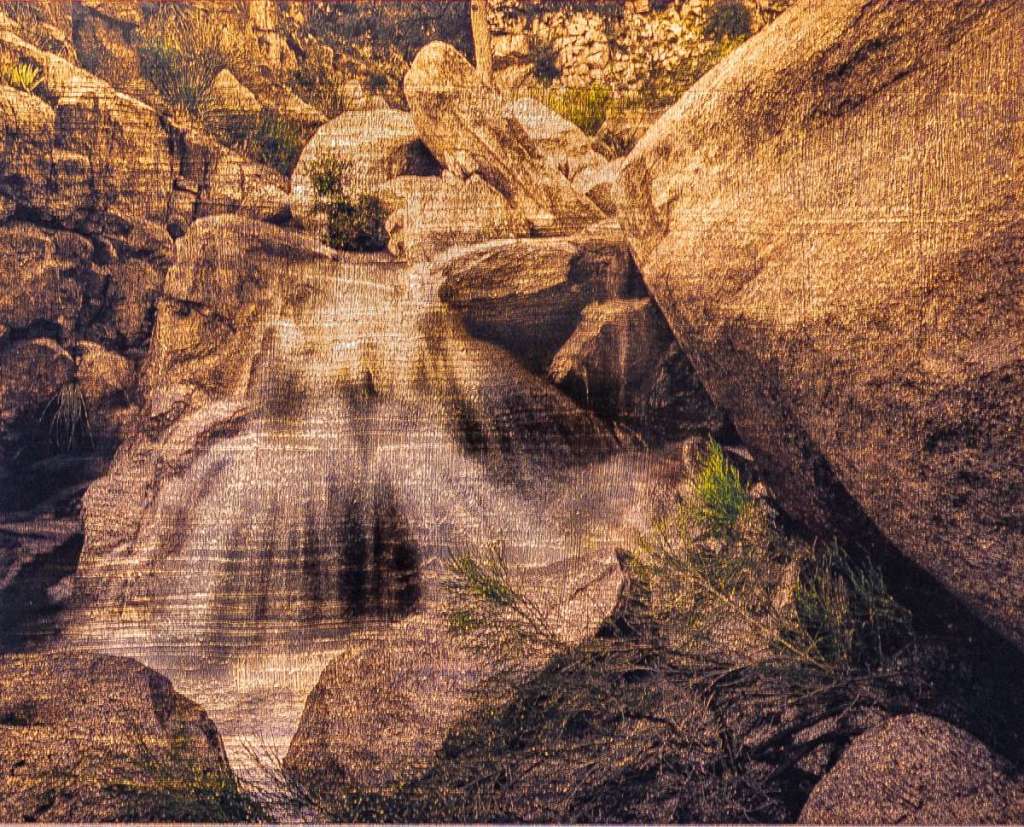
Ephemeral Cascades
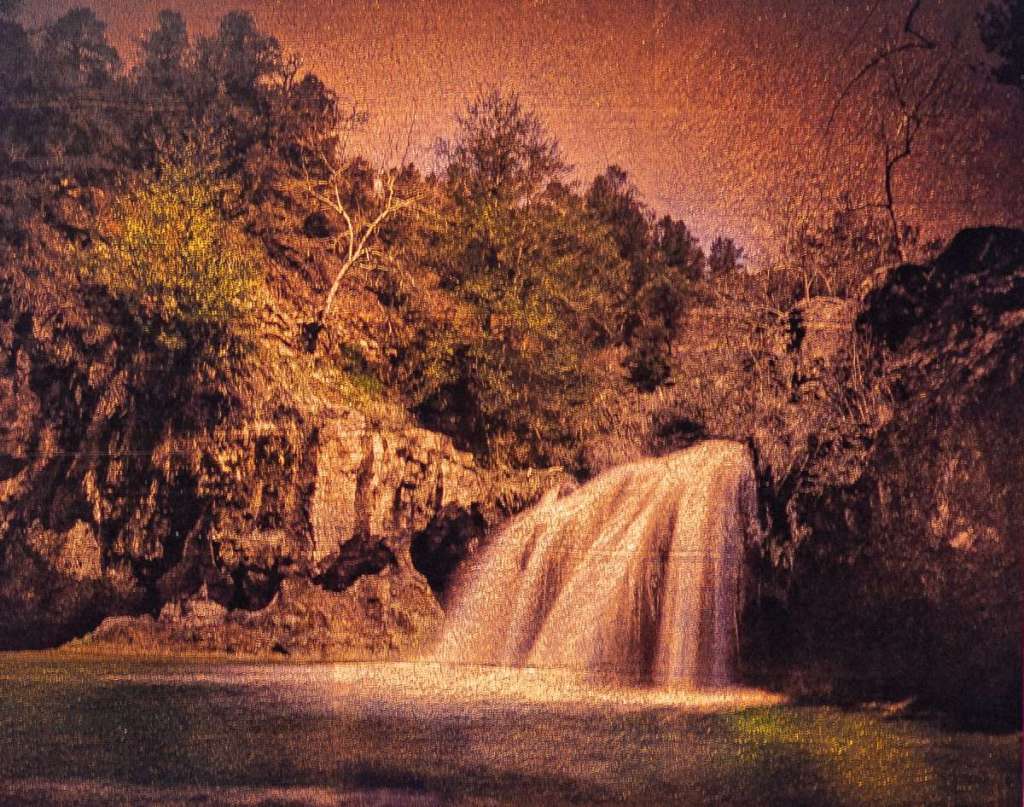
Fossil Creek Waterfall
For almost 5,000 years copper was the only metal known to man. Only 12% of the estimated 5.7 trillion tons of worldwide reserves have been mined since the time of its discovery 10,000 years ago, but, because it is highly recyclable, nearly all of that is still in use.
Copper and water are inseparable. The mining of copper requires enormous quantities of water, and Arizona has very little water but a lot of copper. Is it possible to balance the need for copper and the need for water?
More
In the consumption of copper, we are all complicit – it is in our cars, our cell phones (recycling 1 million cell phones yields 32,000+ pounds of copper!), our computers, our houses – it is in our very bones. Can we reconcile our need for this mineral with the myriad long-reaching adverse consequences of its extraction?
to learn more about Jerry Cagle go to: https://limbicsystemphotoworks.zenfolio.com/
[expand title=”MORE ARTISTS” rel=”fiction”]
Kathleen Koopman
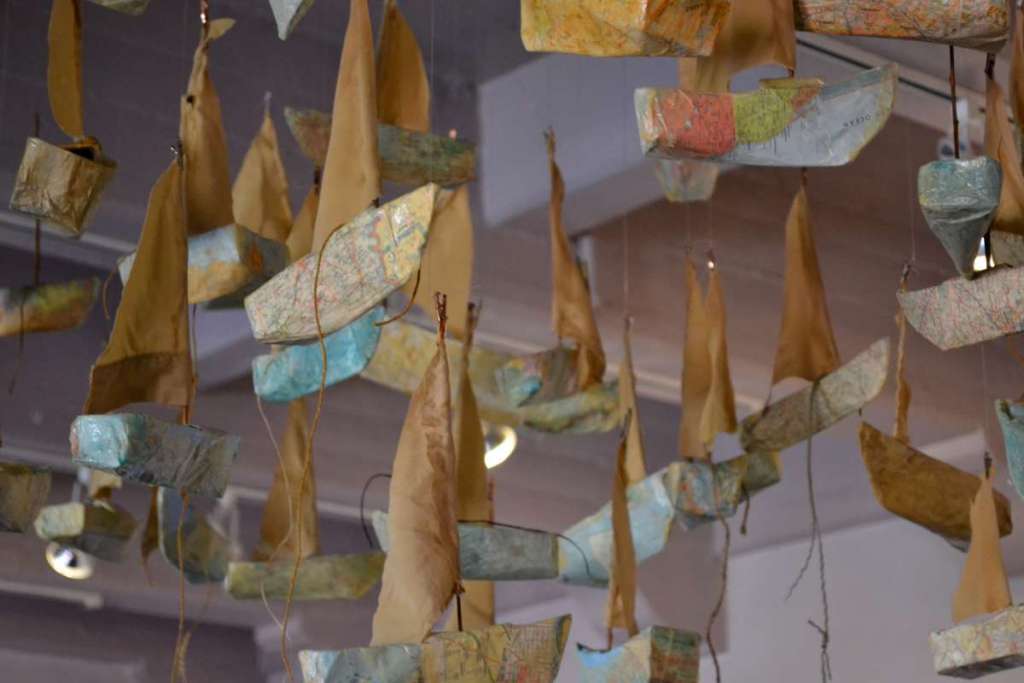
Navigating the Desert Seas (detail)
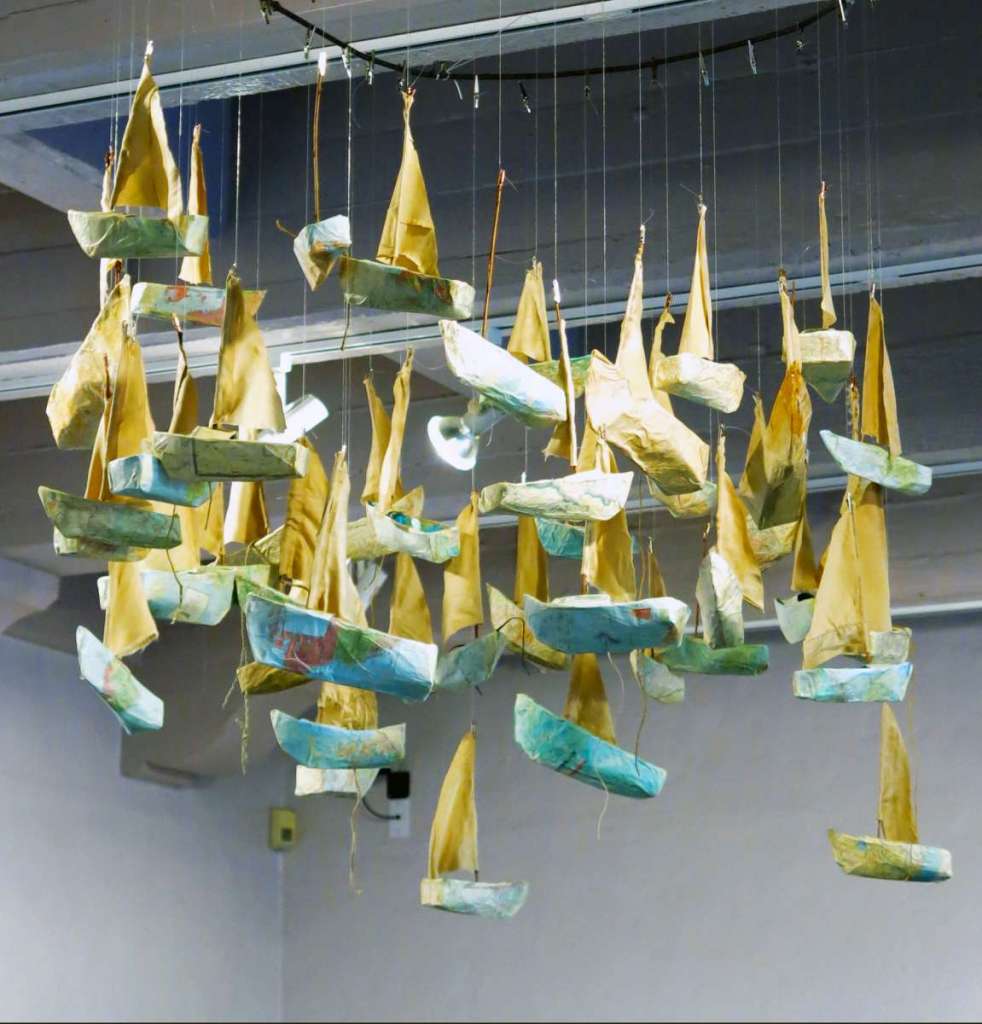
Navigating the Desert Seas
“I have repurposed maps for years as a collage and paper maché material. Maps are inspiring and readily available, the papers sturdy, the printing good quality, and are adaptable to many media.
Maps are a large part of the spirit of boating, contributing material for navigating the inner landscape with their surface, symbols, and design. These boats, part of an ongoing series of constructions, delicate and dreamlike, evoke the preciousness of our desert resources and hint at the bigger issues of
More
climate change and sustainability. I explore the scarcity of water in the desert through vessels: sail boats and canoes, using recycled materials. Boats in the desert seems an oxymoron but have historical and cultural validity, consider our proximity with the Sea of Cortez and the Colorado River delta. Boats symbolize exploration, adventure, and following one’s dreams, and evoke a blurry terrain of memory, imagination as well as travel, risk, exploration and journeying to the unknown, literally and metaphorically.”
to learn more about Kathleen Koopman go to: http://kathleenkoopmanart.com/
William Lesch
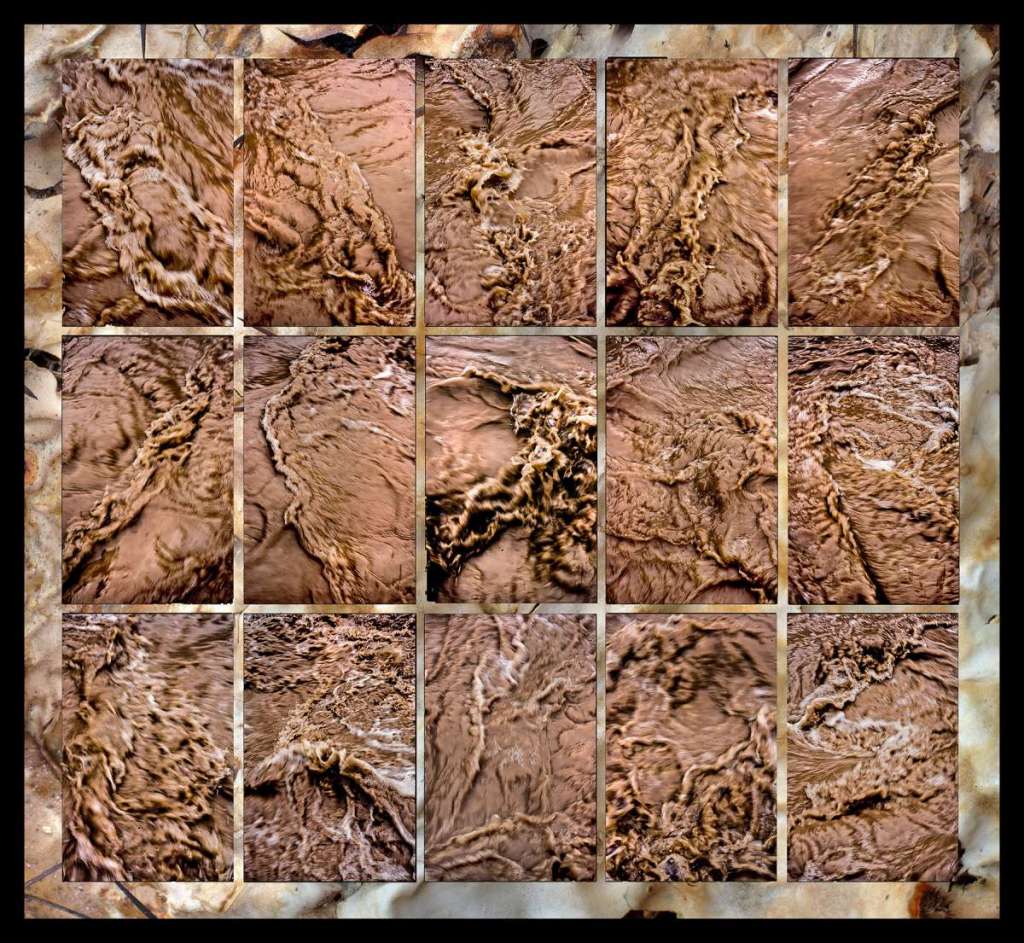
Floodwater and Prickly Pear Grid #6
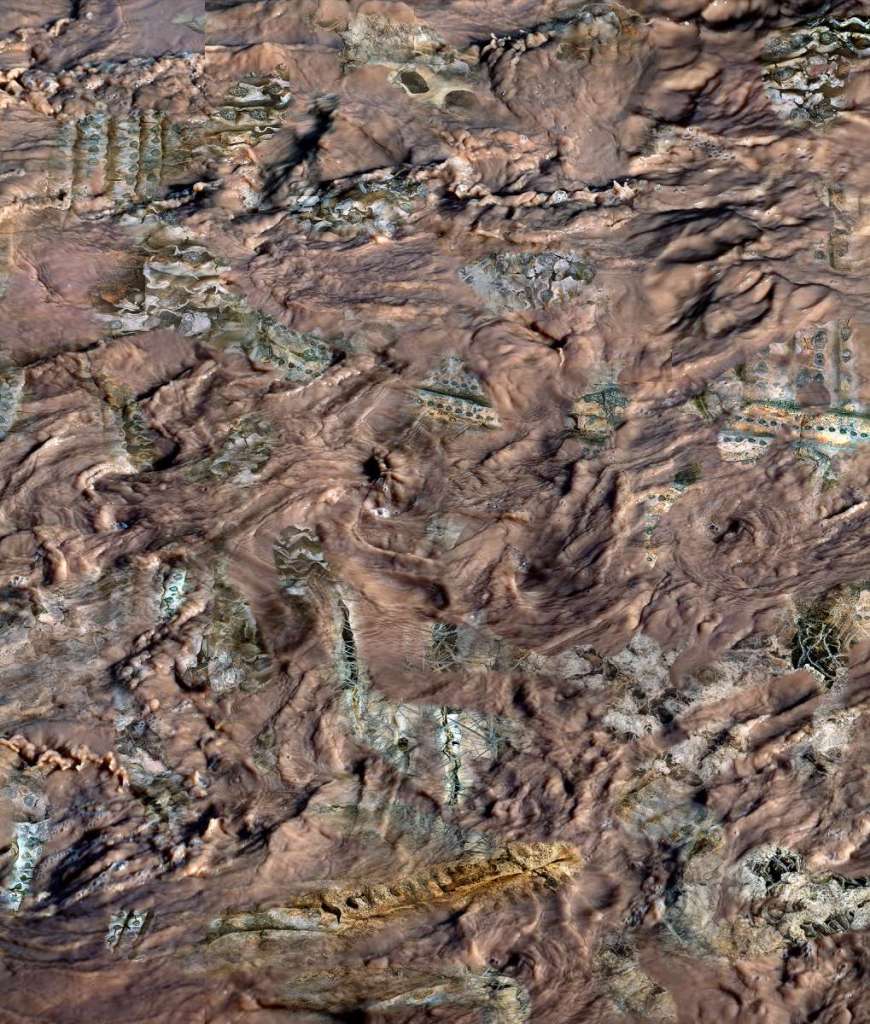
Desert Maelstrom #1, Floodwater and Saguaros
These two pieces are about water in the desert, floodwater that falls during our summer storms combined with the dessicated, dry desert plants upon which it falls. They are montage pieces, virtual weavings of the textures and colors of the Sonoran Desert landscape seen close up. The water photographs are details of muddy floodwaters roaring down our local washes and rivers, water
More
so full of mud it becomes nearly solid with weight and texture. I have combined these photos of the texture and color of the muddy water with close-up photographs of the skeletal remains of prickly pear pads and saguaro skin. I have tried to accentuate the sense of contrast and texture by direct printing the images on white gessoed copper panels. The gesso coating is exposed to the desert sun to dry before printing, which cause the surface cracks and textures allowing the copper to show through in veins that echo the veins in the water. I then further treat the copper edge framing using a silver plating solution. Incorporating some of the minerals that come from the Arizona soil, silver and copper, brings this story of Arizona landscape full circle.
to learn more about William Lesch go to: https://www.williamlesch.com/index
Rameen Ahmed
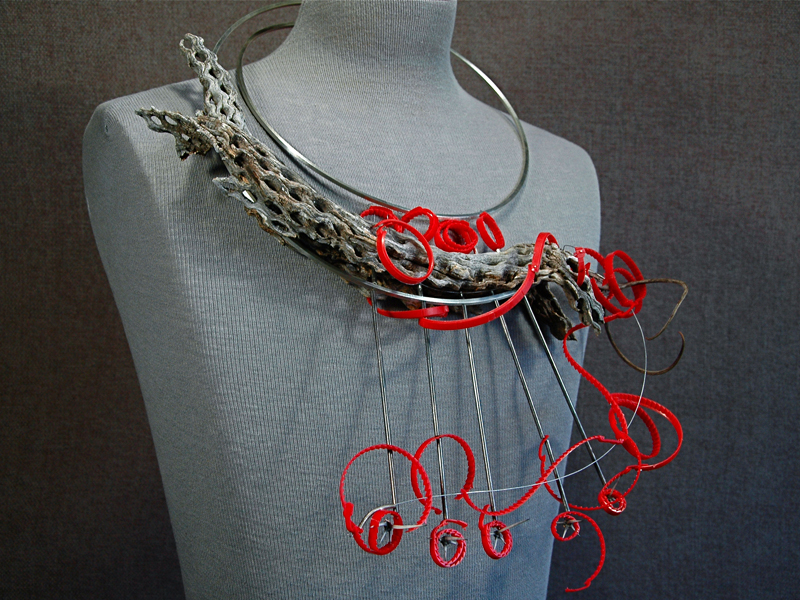
Desert Talisman i
“Survival in the extreme desert has one solitary barometer: water. Water literally predicts life or death, especially during the long illegal trek of border crossing, where there is no found water. A current symbol of that instrument is the container – the plastic water bottle that each
More
‘journey(wo)man’ has to carry and use judiciously. And the discarded ‘sealer’ of that container denotes the quenching of thirst – real and metaphysical. As in the tradition of native cultures, that still continue to live on both sides of these arbitrary and interlinked borders, I chose to make wearable talismans. Talisman, by incorporating the objects one fears and/or wants to attract, through the process of creation endows the wearer with magical properties against harm. In this case, surviving the harsh environment and the cyclical imperatives – hoping for a better future. The embedded, entwined bottle sealers are emblematic of the stark practicalities of hope and salvation amidst the beautifully desiccated but dangerous forms from the desert. The interwoven remnants bare the scars of human tribulations on the current border, and yet attempt to transform them into talismans striving for human triumph.”
to learn more about Rameen Ahmed go to: http://www.rameenahmeddesigns.com/
Bill Kaufman
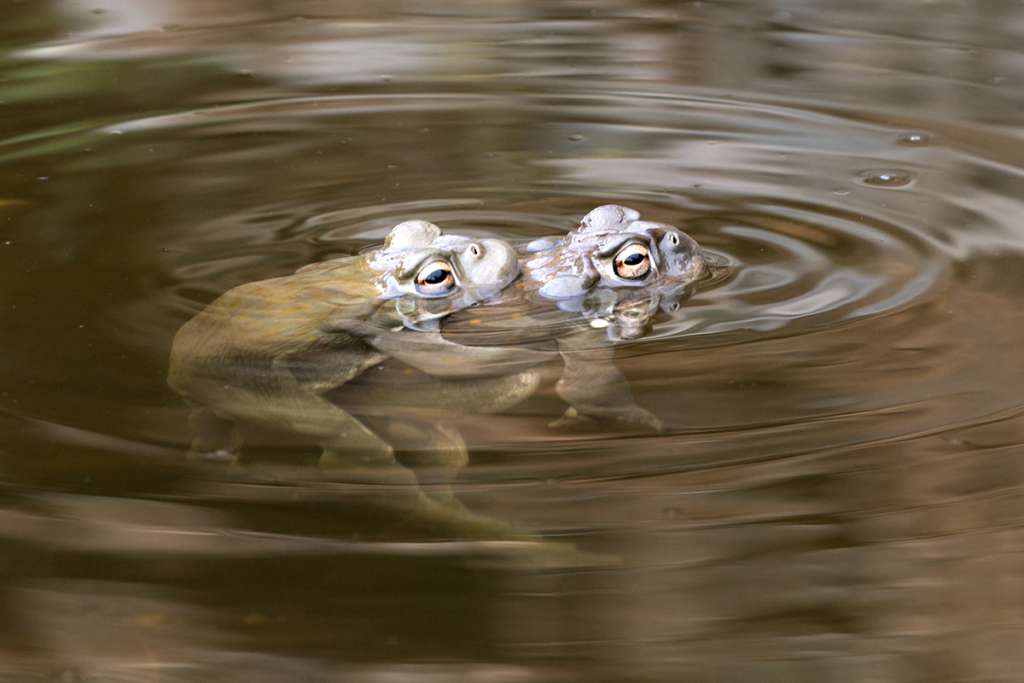
Desert Toads, Mating in Sabino Creek
“The creek running through Sabino Canyon makes the Canyon an important riparian corridor for Southern Arizona wildlife. Sonoran Desert Toads are the largest toads in Sabino Canyon. They have a large elongated poison gland (parotoid gland) behind each ear. The toxin can kill a dog that picks up the
More
toad in its mouth. They are nocturnal except during mating season. They breed in perennial pools prior to the monsoon and in Sabino Creek once it begins to flow. The toads in this photo were mating in a large pond just south of the dam in lower Sabino Canyon, about one week prior to the first significant creek flow.”
to learn more about Bill Kaufman go to: https://www.flickr.com/photos/bill_kaufman/
Phil Lichtenhan
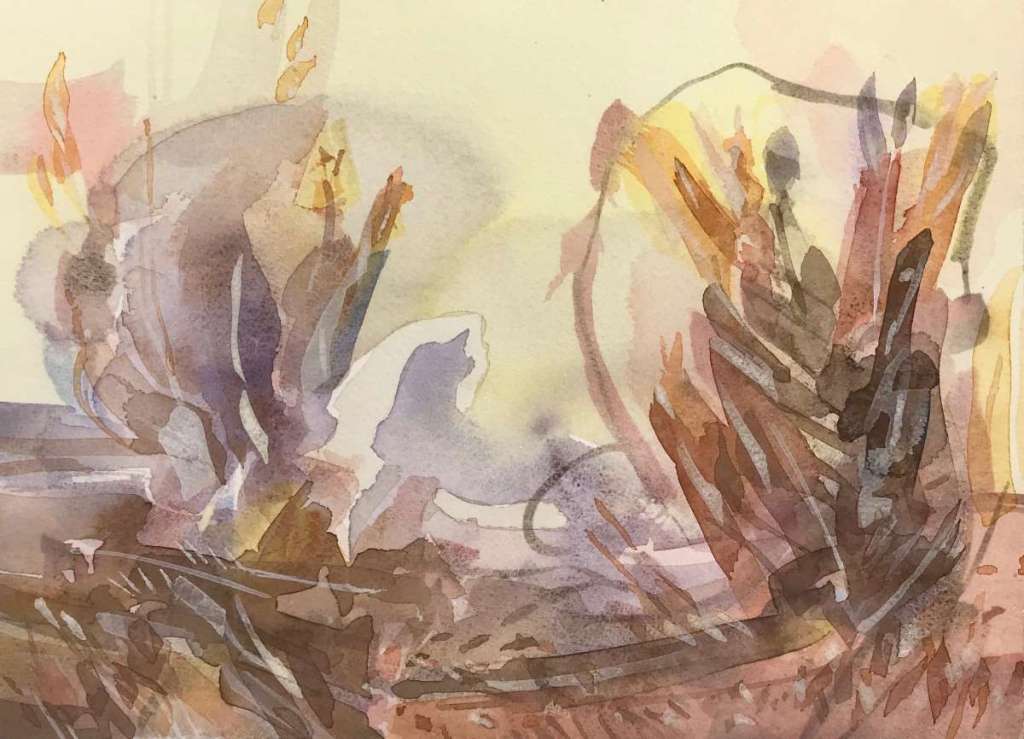
Arid Soil
“The desert sand is hot and dry from April to August. Much of the cacti is lying dormant but holding on protected by their thick waxy skins. But there is life in this dormancy…..all that is needed is the next rain. Until then a yellow-white heat illuminates the dusty desert soil.”
More
to learn more about Phil Lichtenhan go to: https://phillichtenhan.com/home.html
Linda Ekstrum
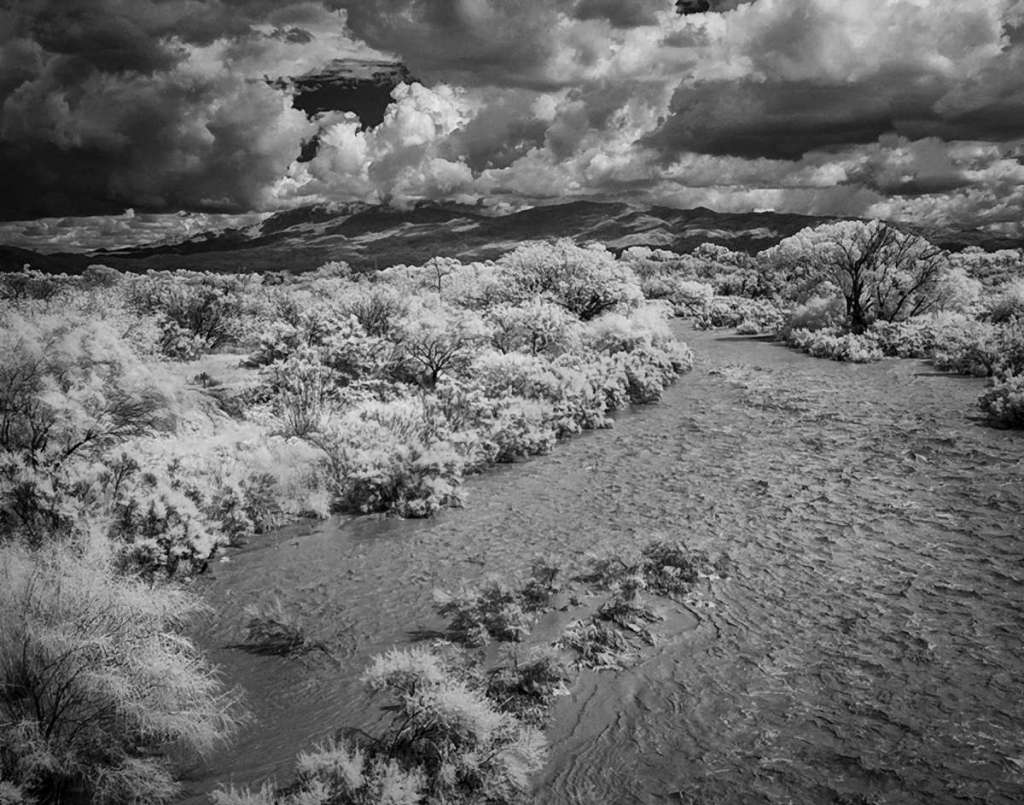
Bona fide River
“The sign reads: Rillito River. I’ve often wondered how many days out of a year the word ‘river’ can appropriately be applied to that which looks like a dry ravine most of the time. The mind mentally pushes pause and waits for summer. Waits for distant thunder
More
to broadcast the season’s arrival. The word ‘river’ then becomes congruent when the force of a summer monsoon, fed by distant arroyos, decisively, roils down a dry ravine no more.”
Frances Murphy
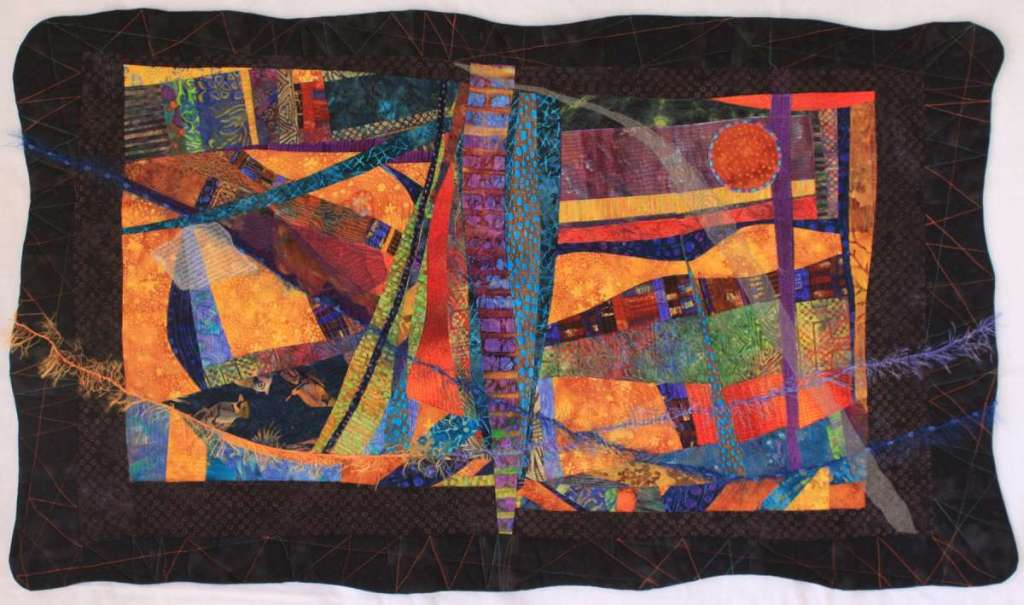
Haboob
It took a long time for me to make this quilt. I use my own version of a technique called intuitive quilting where each individual fabric piece is cut and sewn together based on how each fabric, pattern, color and shape play together. The pieces are sewn together and the design emerges with the interplay of the
More
colors and patterns. The result of adding the fabric piece-by-piece is a surprise and the interplay of the pieces animate the finished quilt in a unique way.
A haboob, Arabic for strong wind, is a type of intense dust storm commonly observed in arid regions throughout the world and frequently observed in the deserts of Arizona. The summer of 2011 was a busy haboob season in the Phoenix area. Summer is also quilting season for me. It is easy to stay inside, out of the heat and create. I found myself both fascinated and frightened by the huge windstorms that summer. The towering walls of sand and wind created chaos and sometimes disaster as they raged through the Valley of the Sun. I wanted my quilt to represent the bedlam that comes with these storms during the monsoon season in Arizona.
Rick DeMont
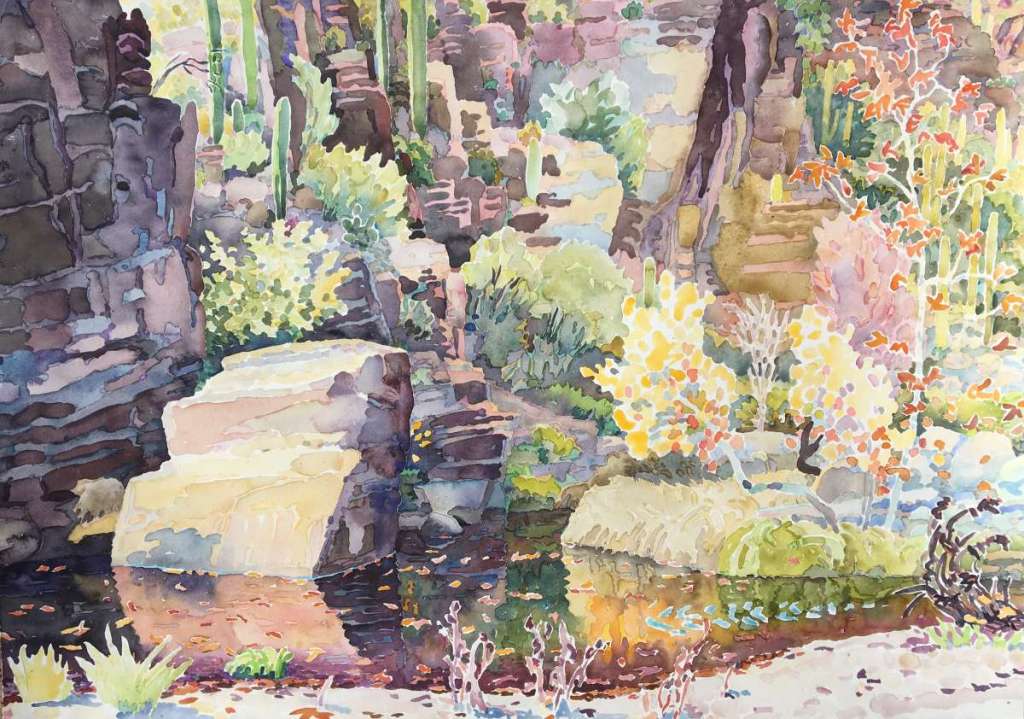
Sonoran Grotto
What I am thinking about, or not thinking about when responding to the magic before me, is to create an illusion with jeweled strokes of color. My hope is that each stroke has an aesthetic value on its own and when put together, adds up to more than the sum of its parts.
More
to learn more about Rick Demont go to: http://rickdemontart.com/
Lisa Love
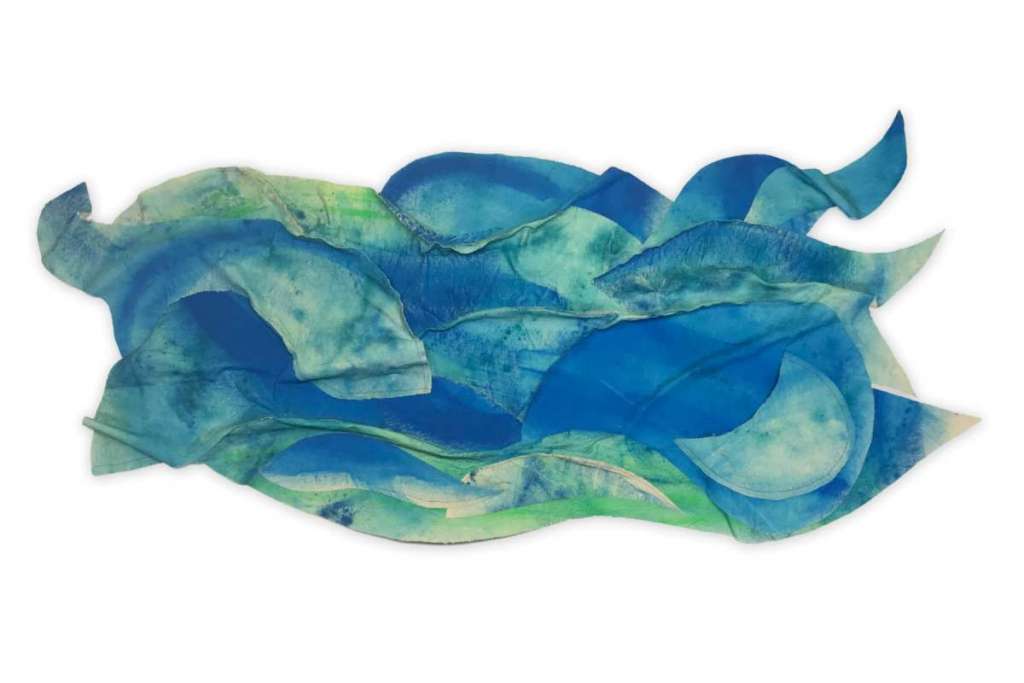
Calm
There is nothing like the big skies here in Tucson, Arizona. They are constantly changing and revealing their spectacular glory. They are at the heart of desert living. Over the years, I have taken hundreds of photos to capture the ever-changing landscape throughout Arizona.
More
These images served as the inspiration for this exploration of fibers. From the weave of the unprimed canvas to the soaked, stained, sweeping brush strokes to the cut, sewn, scrunched form that beckons to ride the wave of the energy flows. Seasons change, winds change, clouds change, people change and life cycles…stop, breathe and shift.
to learn more about Lisa Love go to: https://www.lisa-love.com/
Miriam Otte
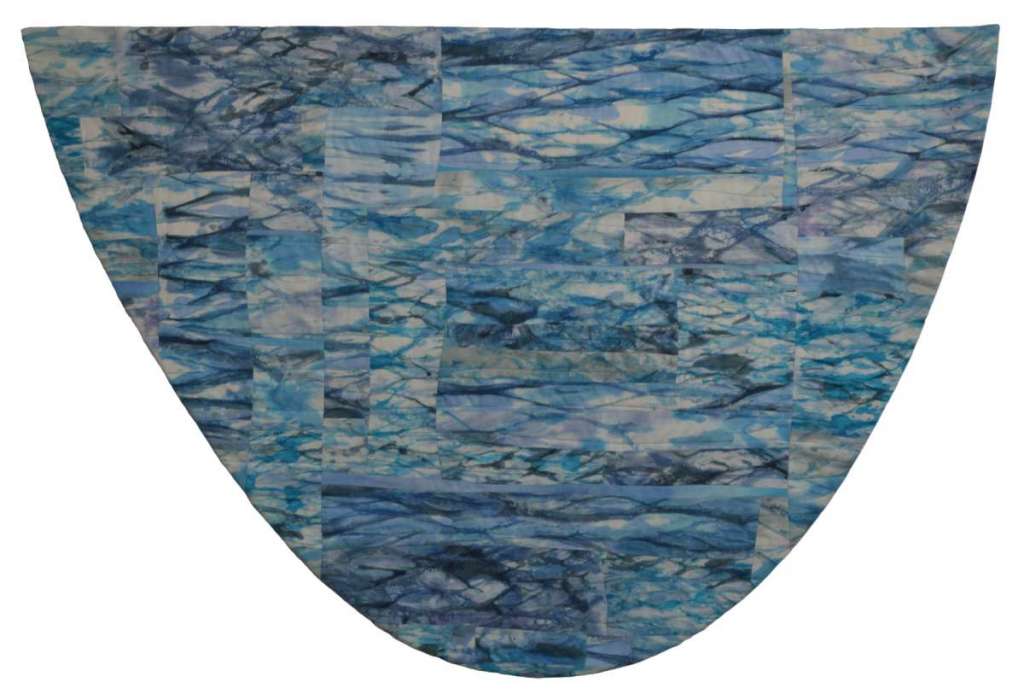
Wash
“Most of the year, when our washes are dry, it is hard to imagine what ideal corridors they become for our plentiful monsoon rains.”
Max McConkey
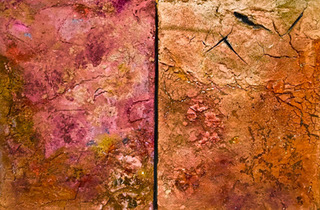
Santa Cruz Floor
“The desert floor from the window of an airplane is a natural jigsaw puzzle board of infinite shapes, textures, and colors – sometimes monochromatic, often not. The scarred walls of granite on southwest hills and mountains offer an array of textures, colors, and line, while our creek and river basins, now barren and cracked from years of drought – but revitalized by rain – offer magnificent mini-landscapes. These parched slices of earth and rock, while seemingly barren, are alive with
More
organisms and micro signs of life, most emerging from deep within. I created this diptych after many flights over the southwest and walks in dry beds of southern Arizona rivers.”
to learn more about Max McConkey go to: http://www.maxmcconkeyart.com/
Barbara Kemp Cowlin
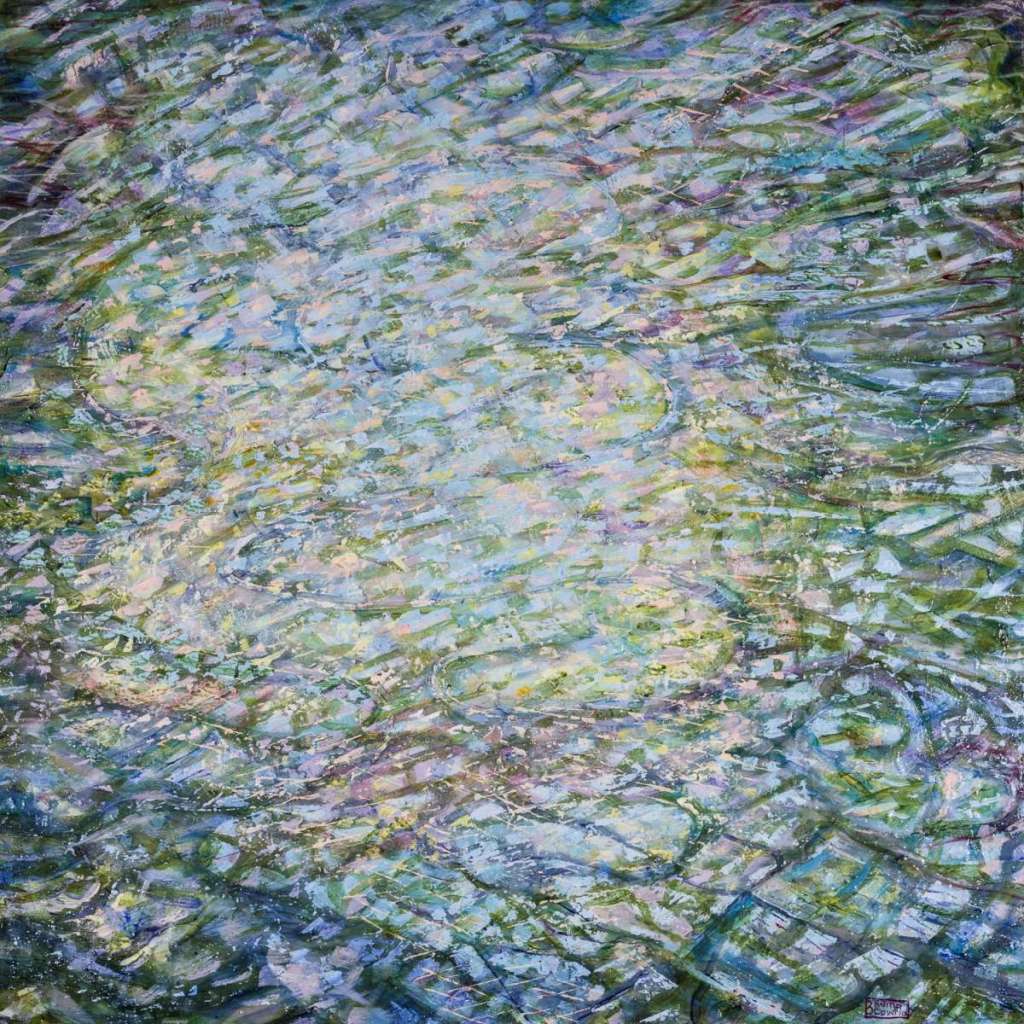
Tracery
“The special light in Arizona and blue, blue skies make for spectacular colors on water. An oasis in the desert is it’s own special surprise. This perfect combination results in my paintings of unbelievably beautiful water, otherworldly yet true.”
More
to learn more about Barbara Kemp Cowlin go to: https://barbarakempcowlin.com/
Lyn Hart
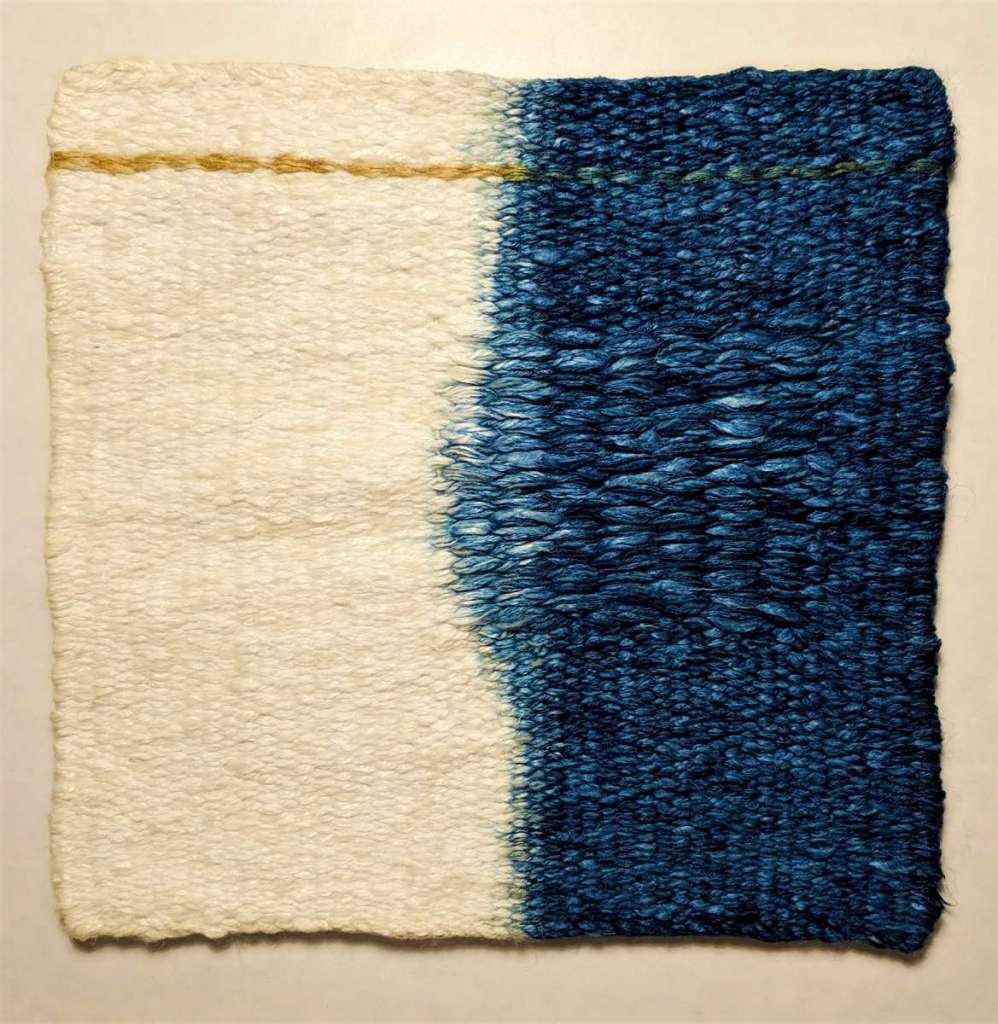
Indigo Monsoon
monsoon season
wet gravity seeking surge
waters flow with force
pushing floating forcing asunder all matter of things
twigs sticks limbs trees rocks boulders sand
collected during dry seasons
forming patterns of relief
More
to learn more about lyn hart go to: http://www.desertsongstudio.com/
Jim Waid
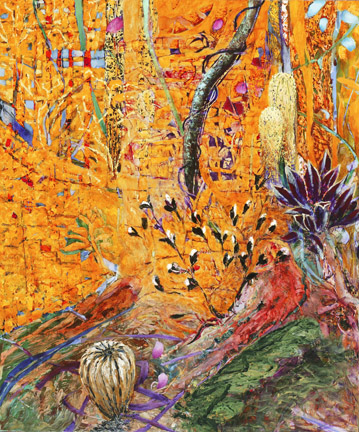
Honey Creek
“I found my artistic voice in the arroyos, hills, and canyons of the Sonoran Desert. Early morning hikes down a wash, the sun breaking over a hill lighting up vegetation with psychedelic colors
More
opened my mind to new possibilities of making paintings.
I want my work to be like a walk in the desert, connecting the physical experience of feet on the ground to paint on the canvas: to movement, space and that buzzing overall energy of the Sonoran Desert.”
to learn more about Jim Waid go to: http://www.jimwaidart.com/
Lyle Rayfield
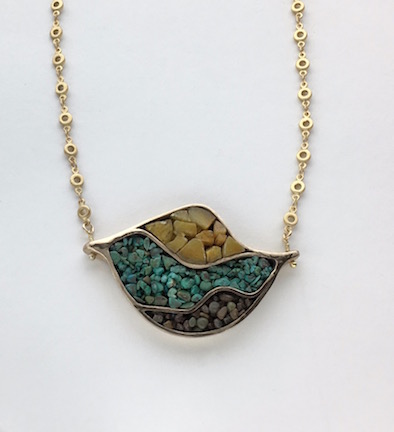
Summer Rains
“In designing this piece, I played with putting separate wavy sections of metal clay strips together into a pattern. After many attempts, the present form took shape. I did not yet know its role, so I studied it to see what
More
it had to say…it spoke of landscapes. As I was searching for the content of its layers, I saw a river…and sunshine. And then I thought of the summer monsoons. Combing through my stash of stones, turquoise was the natural choice for the river. Turquoise represents protection, as the rain that fills the dry riverbeds protects and keeps our desert healthy. I chose yellow jade to represent the sun, as, metaphysically, it is known for its properties of being cheerful and energetic. Some of my favorite tiny beach stones filled the final spot, representing the ground. I added a chain that reminded me of a rain chain, a decorative ornament used to soften the force of a monsoon rain and delight the senses with its graceful trickling effect. I love the summer rains!”
to learn more about Lyle Rayfield go to: http://www.lylerayfield.com/
Alison A. Banks
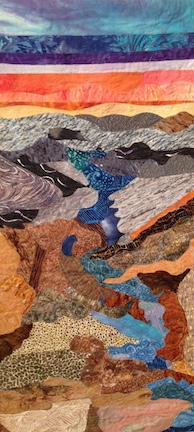
Save the Santa Cruz
“I moved to Arizona from New Hampshire in 2007. As I learned more about our fragile desert
More
environment, the importance of water became very clear. The Santa Cruz River has played a critical role for attracting and sustaining wildlife and people for over 12,000 years. Today, much of the river flows underground but it still transports and captures surface and ground water. The Santa Cruz supports important regional watersheds, and provides grassland habitat for many species of birds and animals.
Janet Windsor
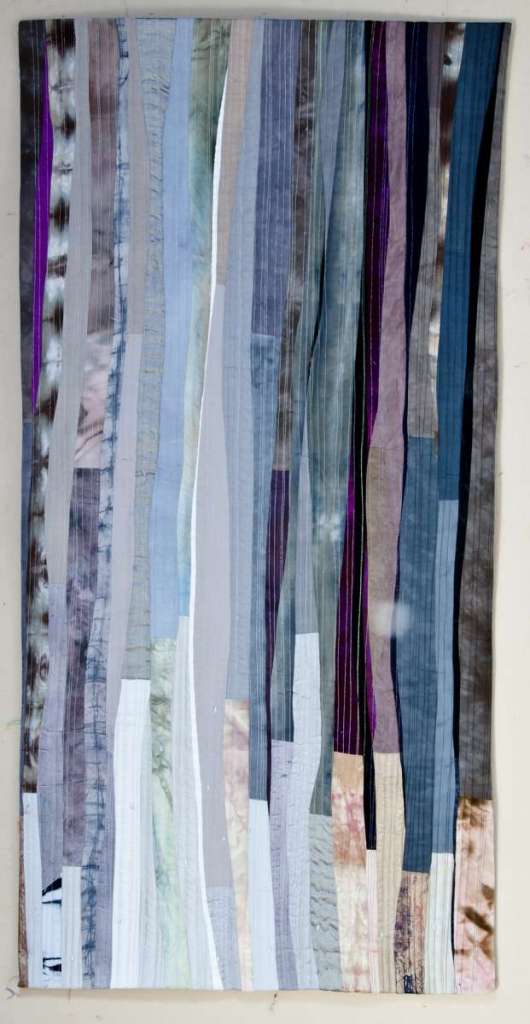
Just a Little Rain
“Missing all the drama of the summer monsoons are those steady, silent rains that only come in winter.”
More
to learn more about Janet Windsor go to: http://www.janetwindsor.com/
Kathleen Velo
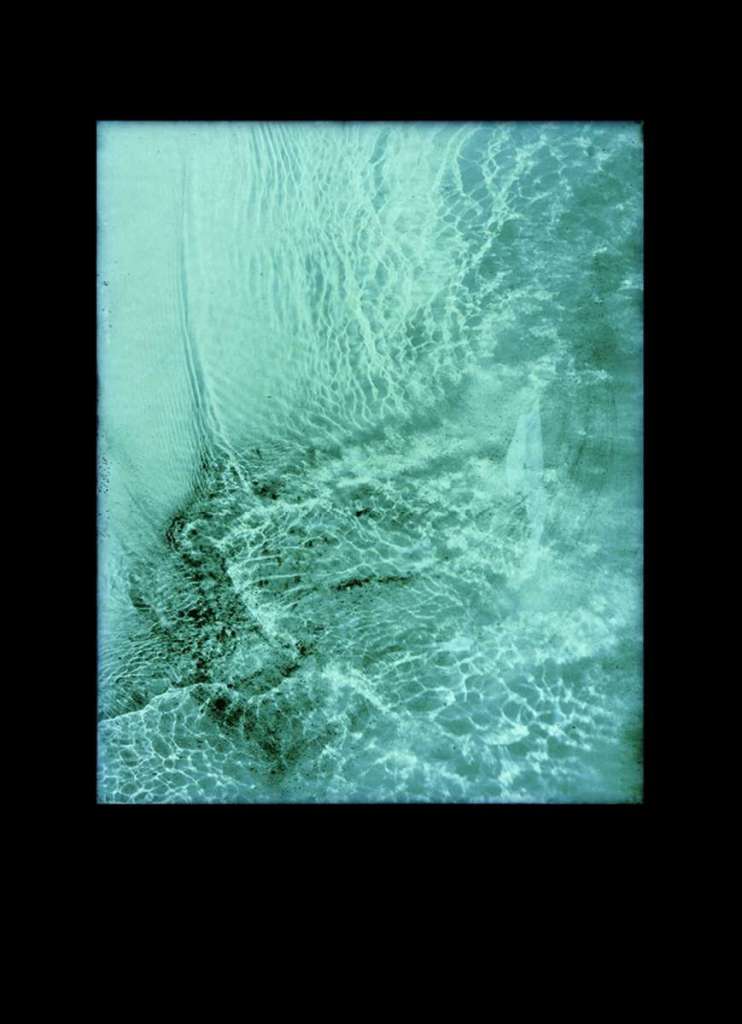
Imperial Dam . Colorado River #10
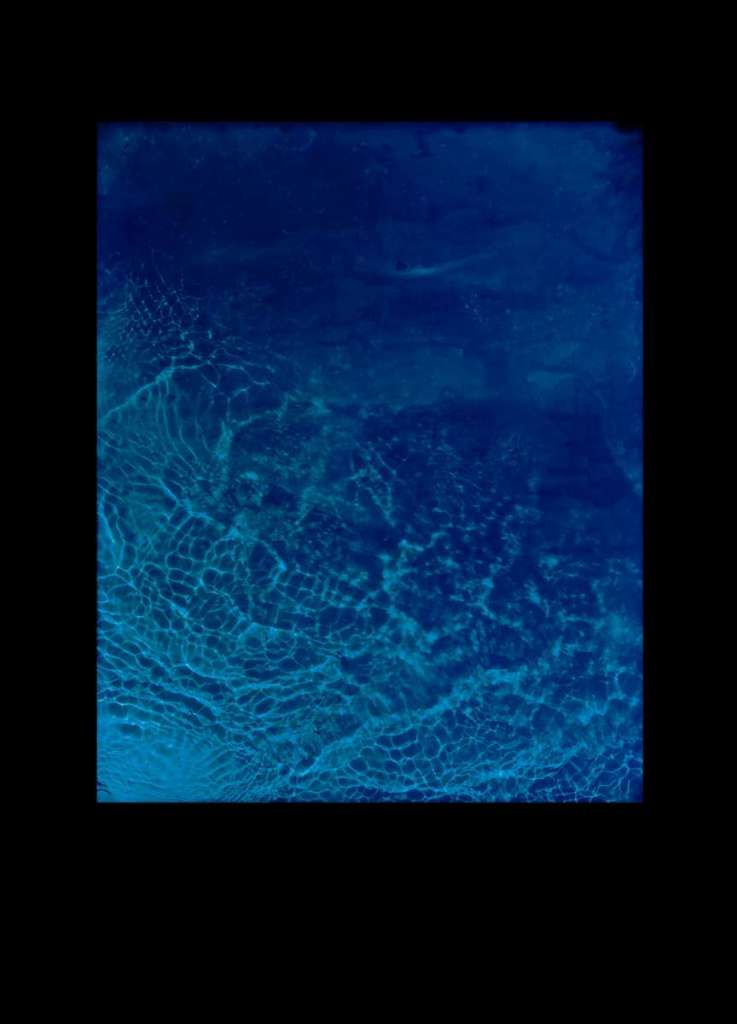
Headwaters . Colorado River #3
“The camera-less photographic images in my most recent series, Water Flow: Under the Colorado River, capture the essence of water from below the surface on one of the most important rivers in the United States. The concept of water quality in the Southwestern United States, and the inherent alchemy that occurs as a result of it, are the foundation of my current work.
More
The Colorado River is a direct water source of my most recent work. To make the images I go into the water, long after dark, and submerge color photographic paper. At the right moment, the paper is briefly exposed to a light source while underwater, to create a photogram of the water contents and movement. The alchemy of photographic emulsion combined with the minerals, salts, pollutants, and other elements in the water create a unique documentation of water contents. This rare perspective of under the surface of water creates beautiful and poetic meditations on water, as the force of life.”
to learn more about Kathleen Velo go to: https://kathleenvelo.com/home.html
[/expand]
Read & Watch
Mario Reis
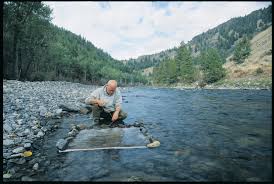
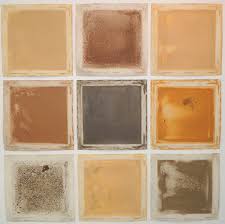
Andy Goldsworthy
Visit & Experience
Mags Harries and Lagos Heder
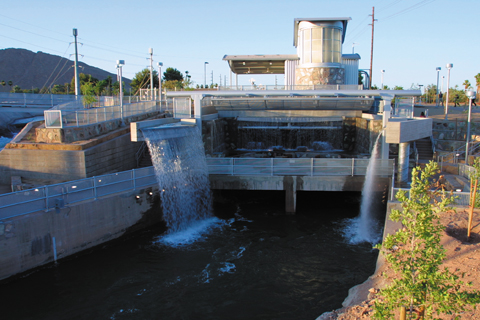
This award-winning public art project transformed Arizona Falls from a fenced hydroelectric plant on the Arizona Canal into a public space where walkers, joggers and bicyclists can sit and enjoy the cooling effects of the canal and waterfall. In revitalizing the Falls – once a once a popular community gathering and picnic spot – the artists utilized the existing site and structures in new ways. The design exposed the gears and floor of the site’s former hydroelectric plant generator room, which was built early in the 20th century. It also framed an outdoor “room” with the coolness and sound of water by diverting small flows of canal water into two new aqueducts, creating a pair of waterfalls.
More
Paths and sidewalks lead visitors around and under the waterfalls and across a pedestrian bridge to the north bank of the canal. The site also features signs detailing the history and significance of the canals and “green” power in Arizona.
This project was commissioned by the Phoenix Office of Arts and Culture with Water percent-for-art funds. It was also supported by U. S. Bureau of Reclamation Title XXVIII funds.
Read more about it here
to learn more about Mags Harries and Lagos Héder go to: http://harriesheder.com/
Alberto Rios, Arizona Poet Laureate . talks about his involvement in WATERWORKS
https://www.srpnet.com/water/canals/azfallstour/WaterWorks.aspx
HIDDEN GEM: Arizona Falls on Arizona Canal has been Phoenix’s gathering spot for 100 years . AZCentral
Day 5 – Weekend Inspiration
Watersheds!
What is a Watershed
See What a Watershed
Make Your Own Model
Draw Your Own Watershed
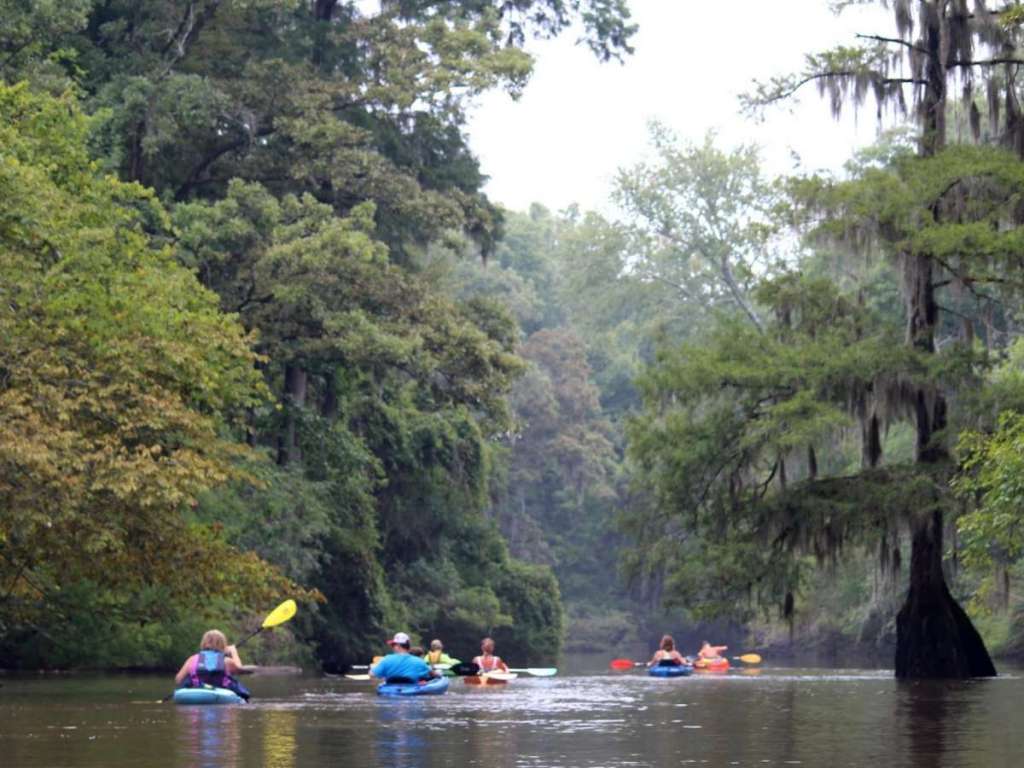
Virtual Creek Walk
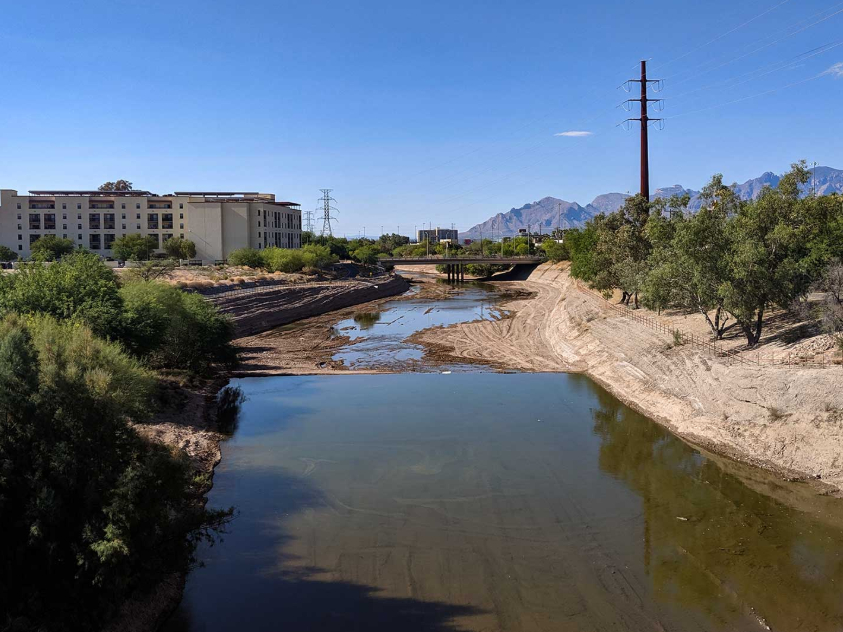
Next Week’s Theme
